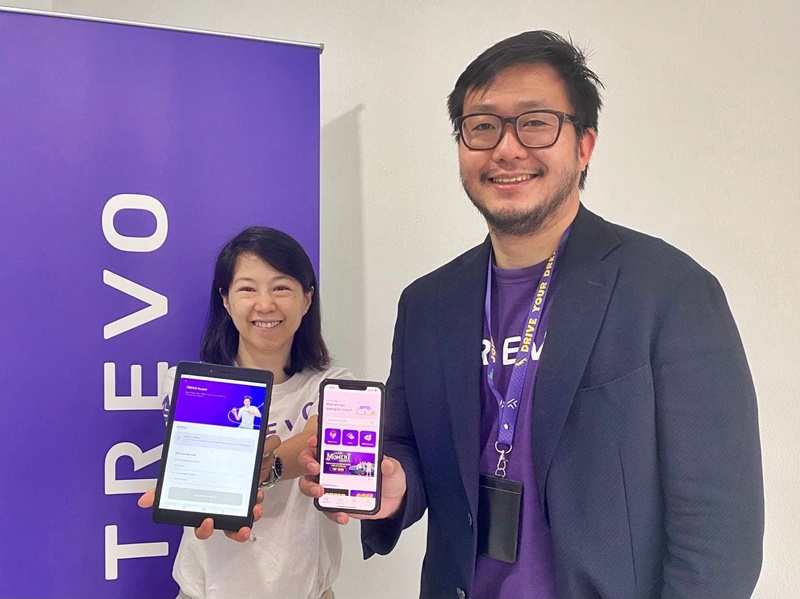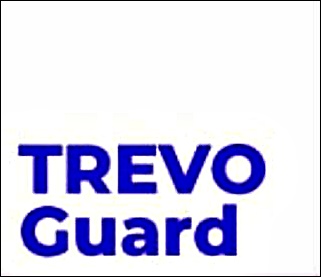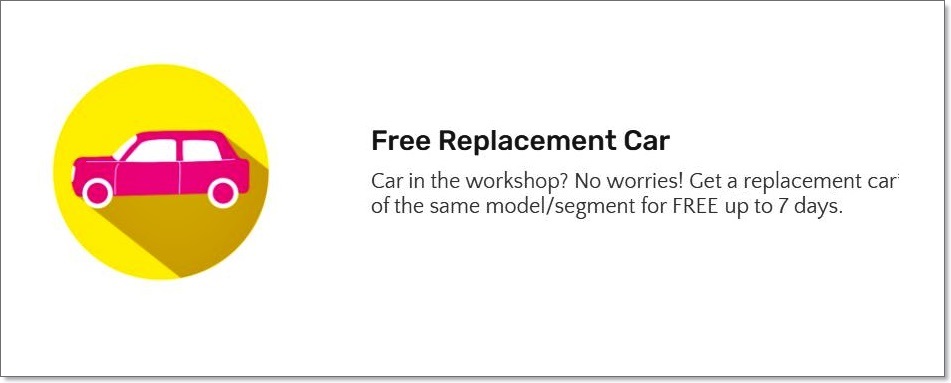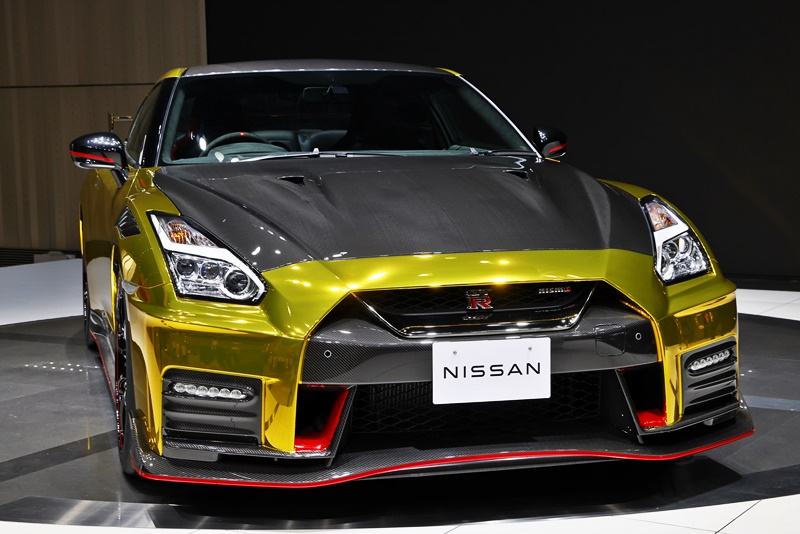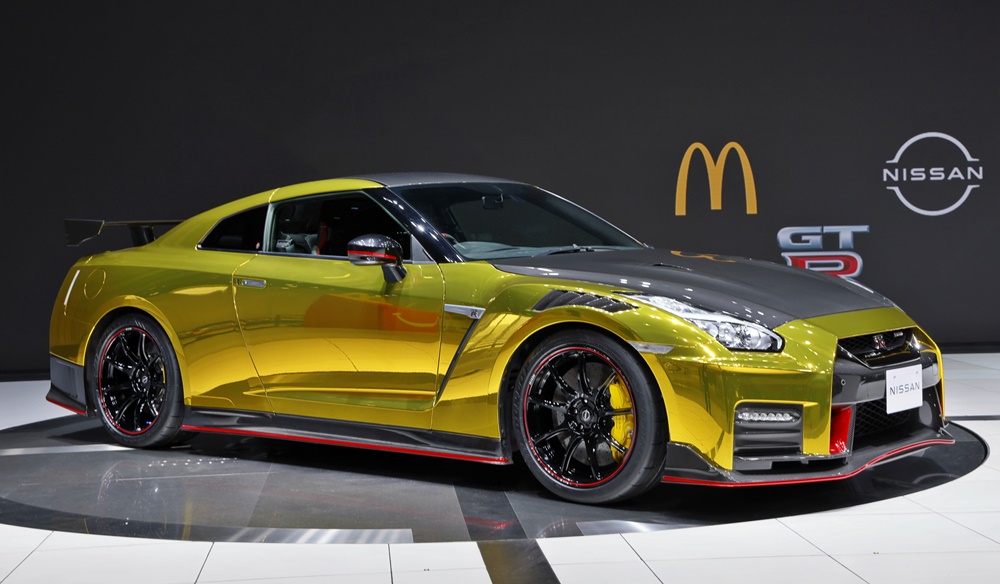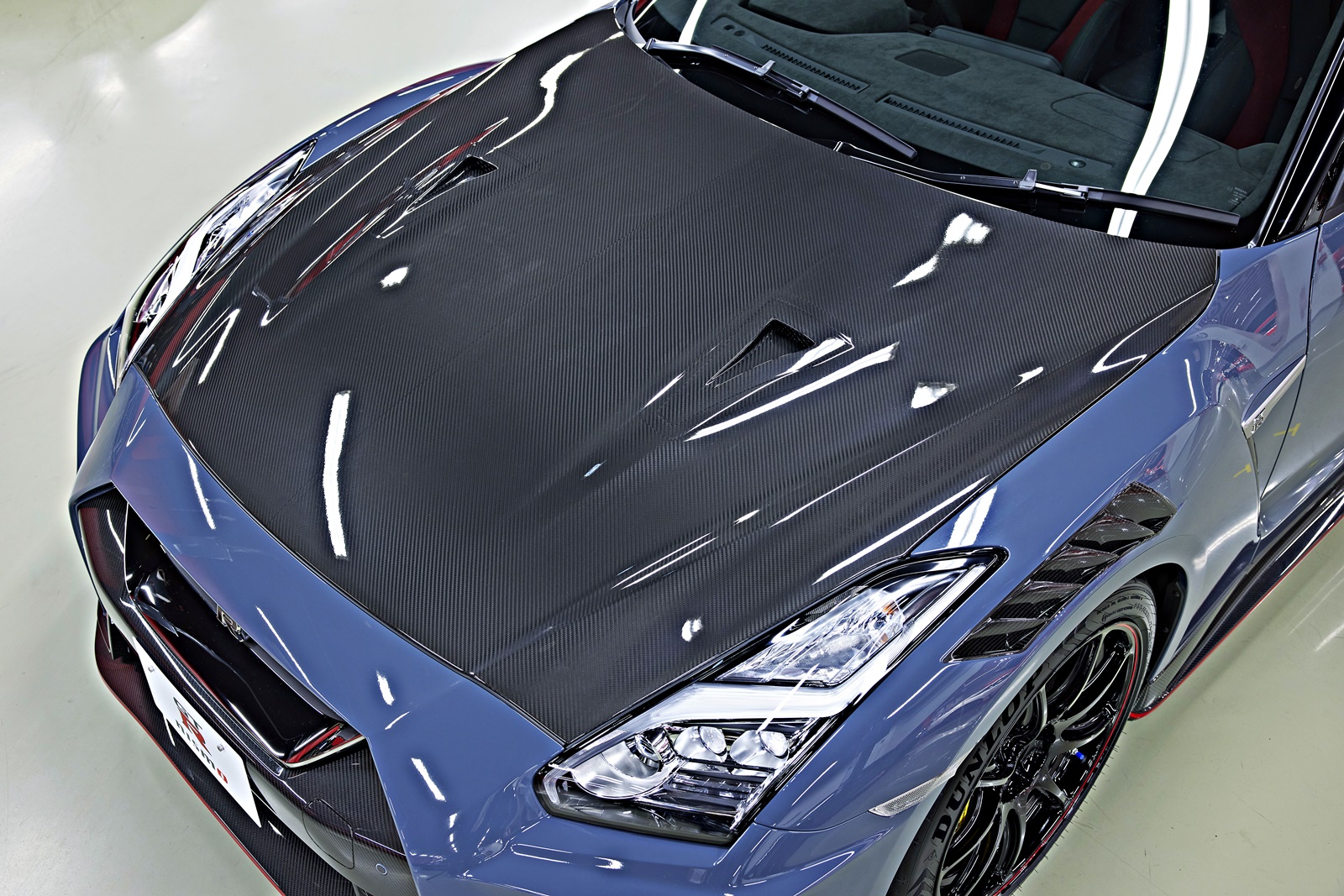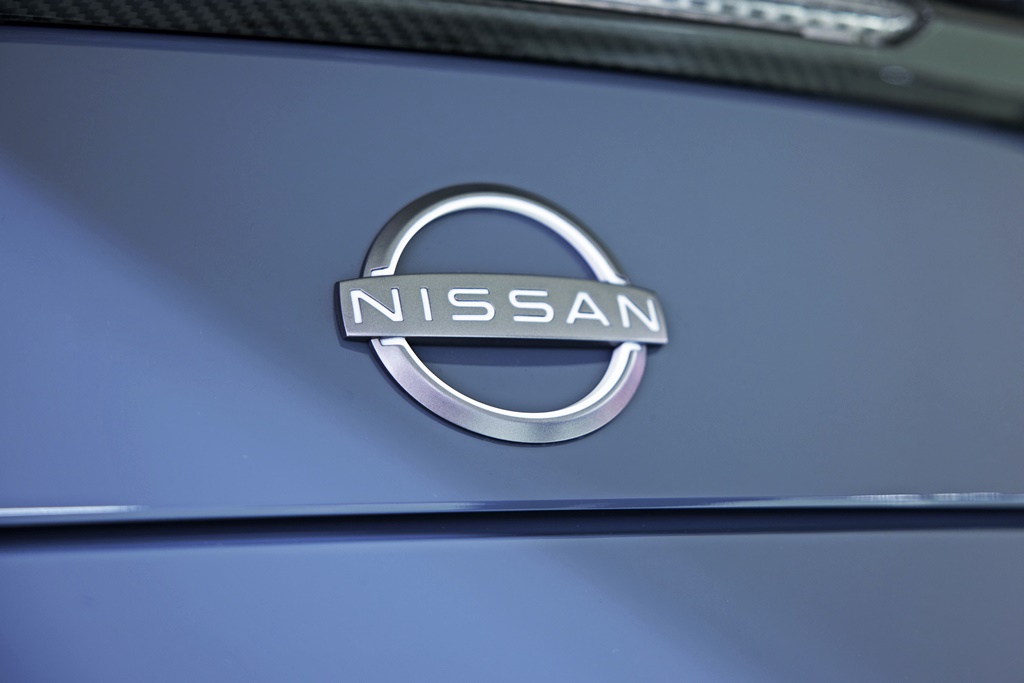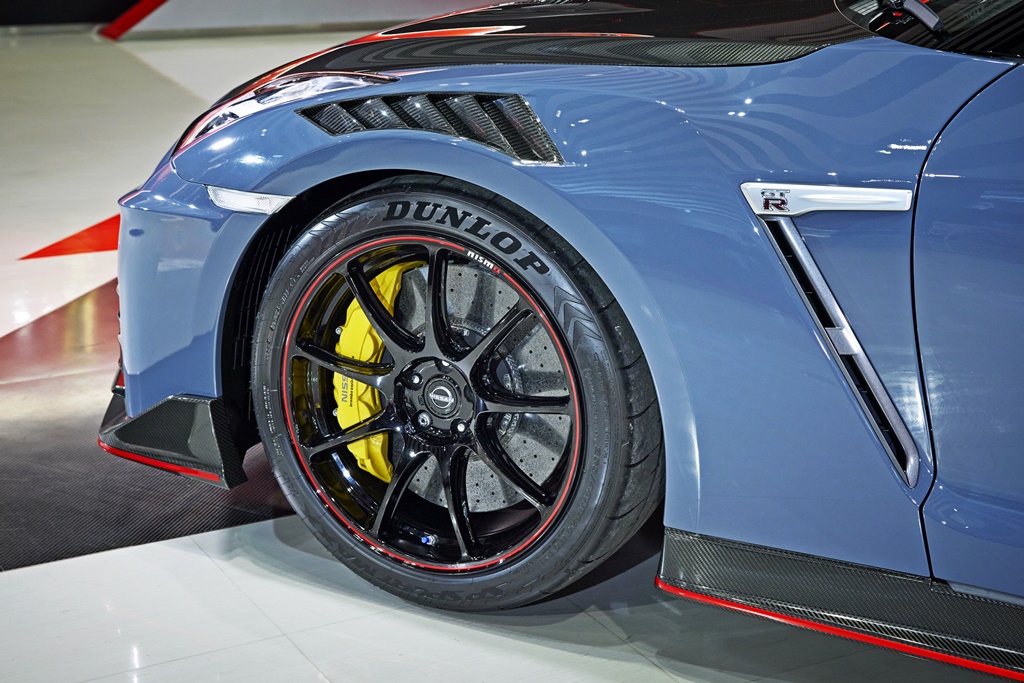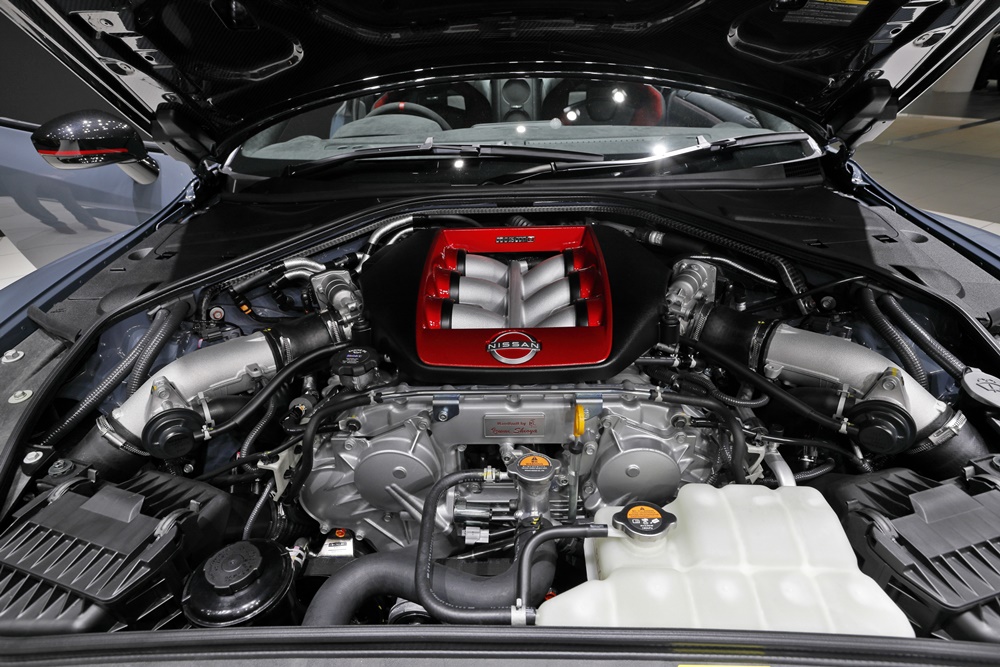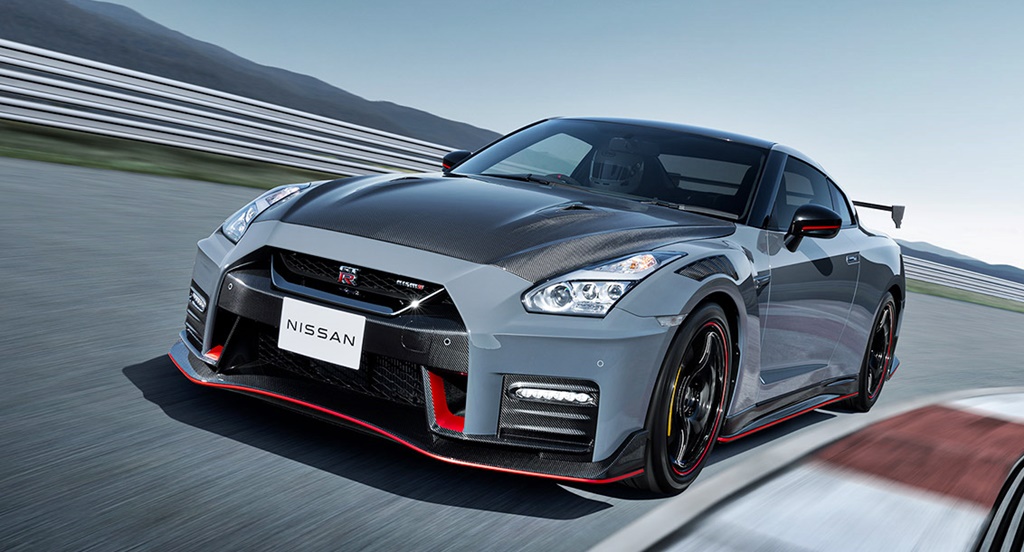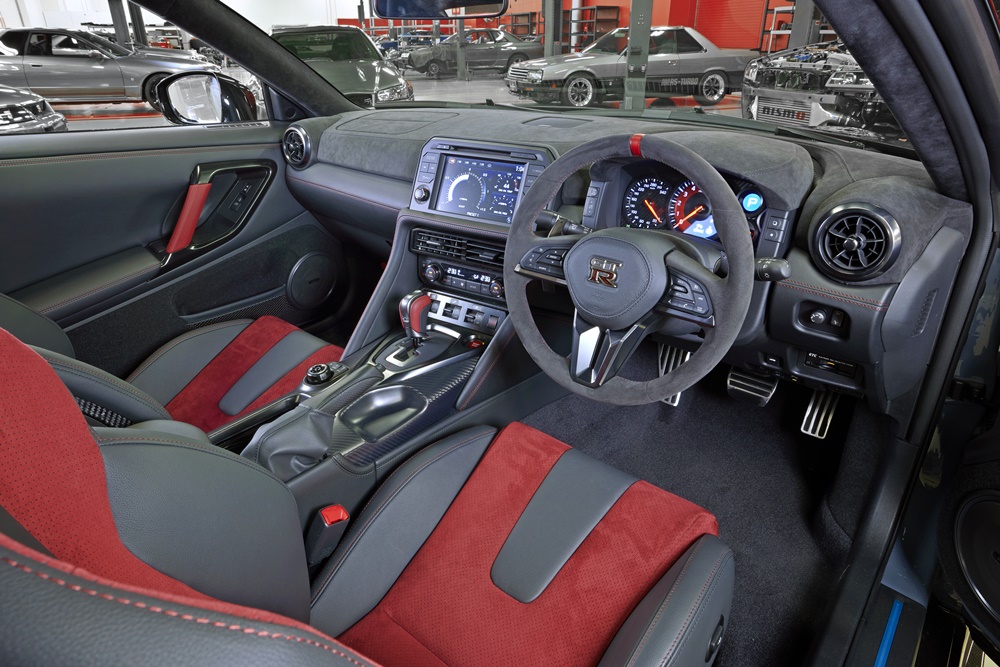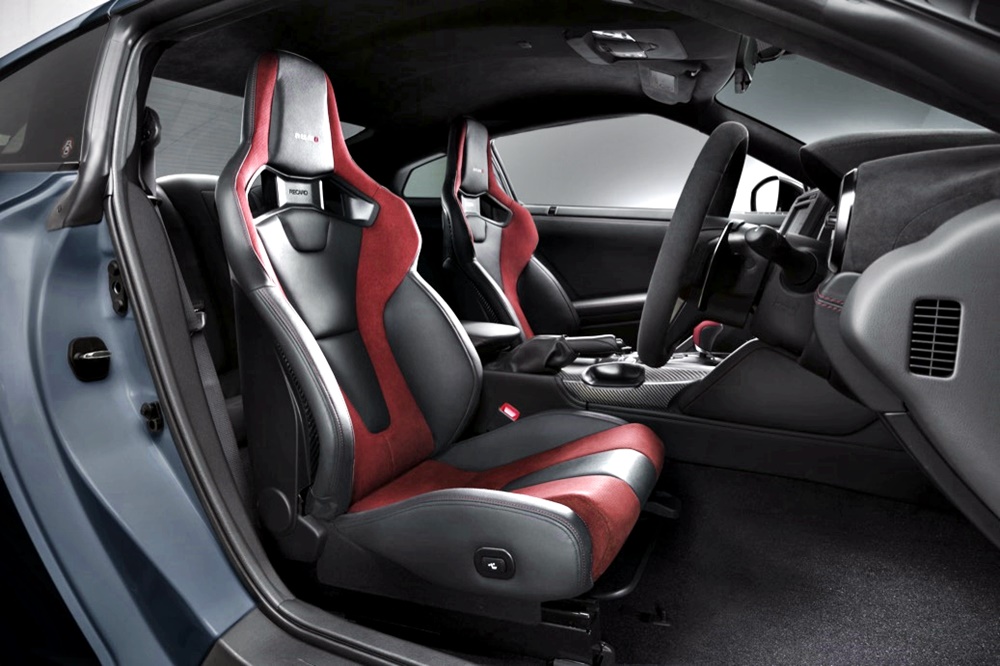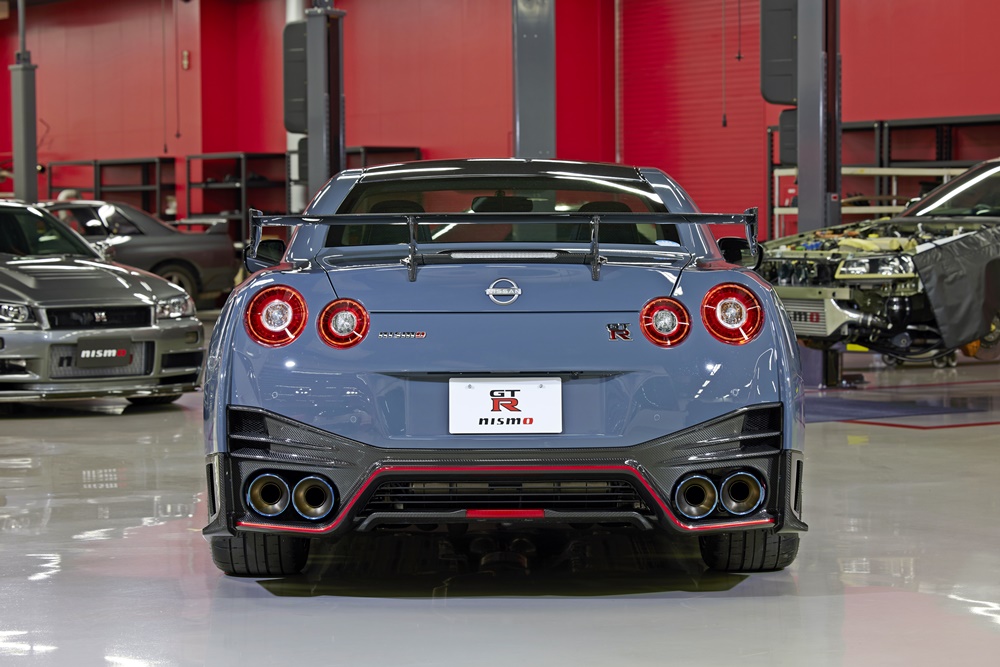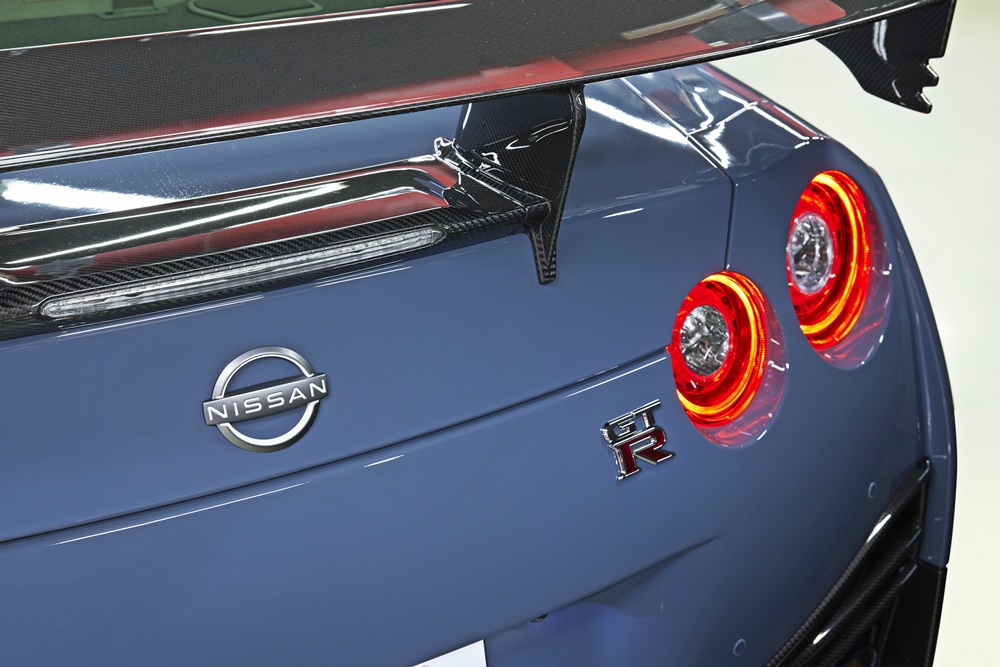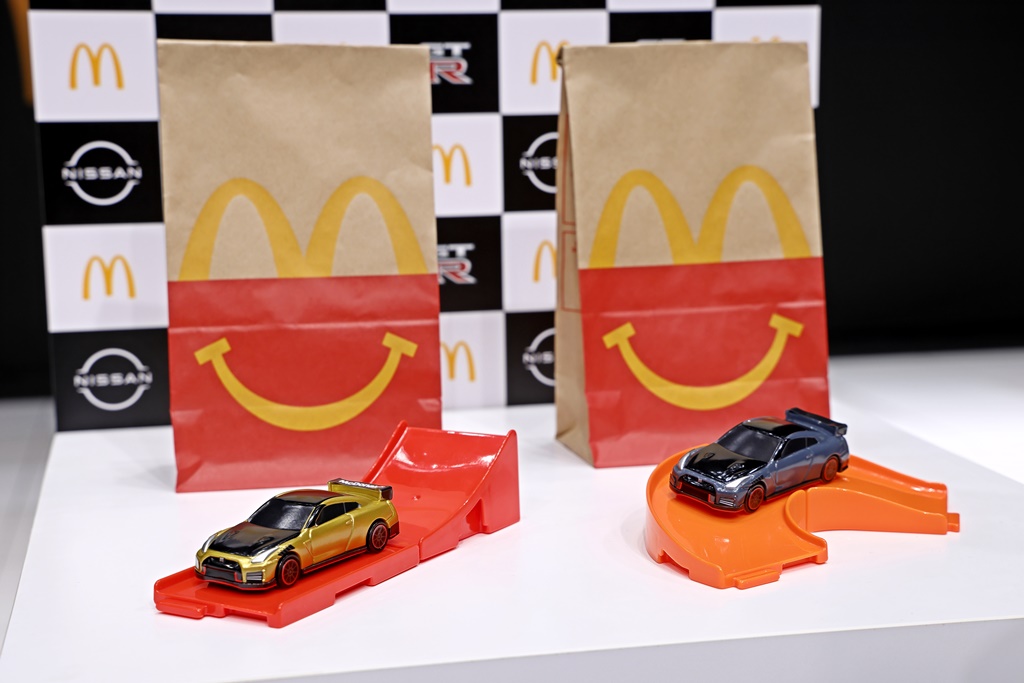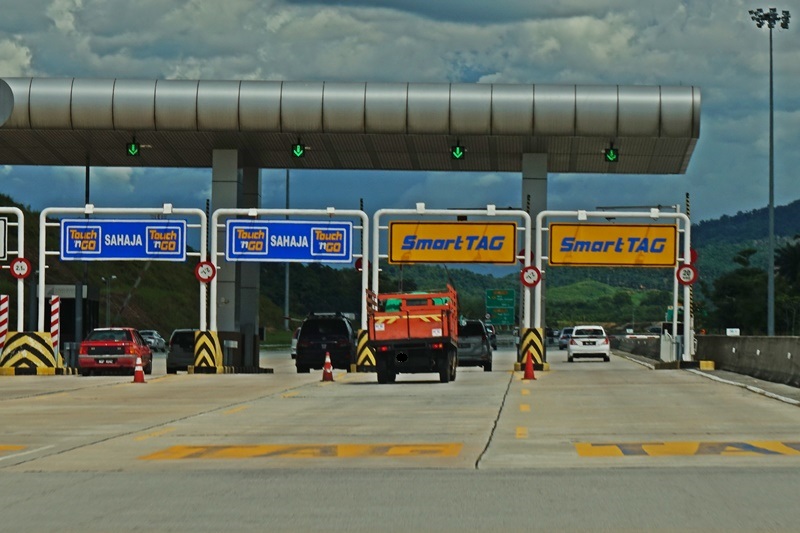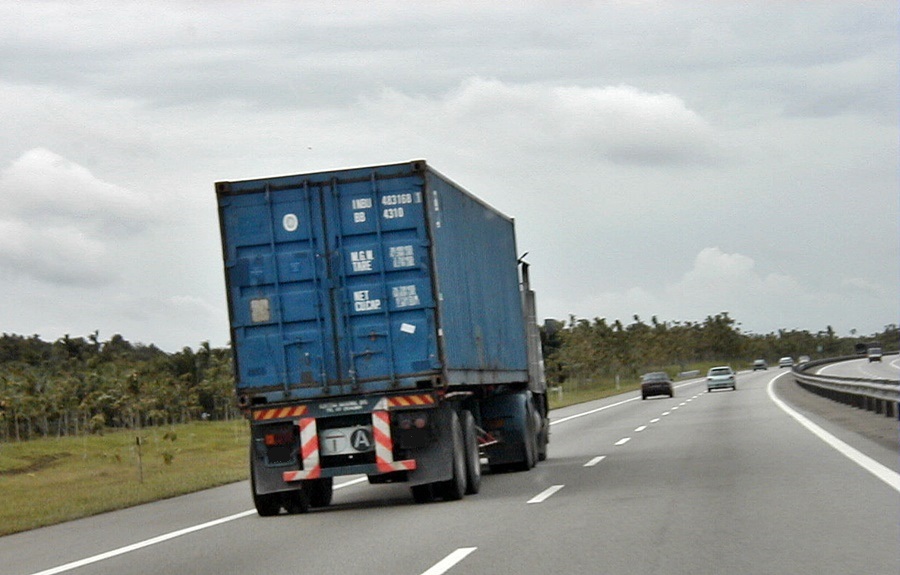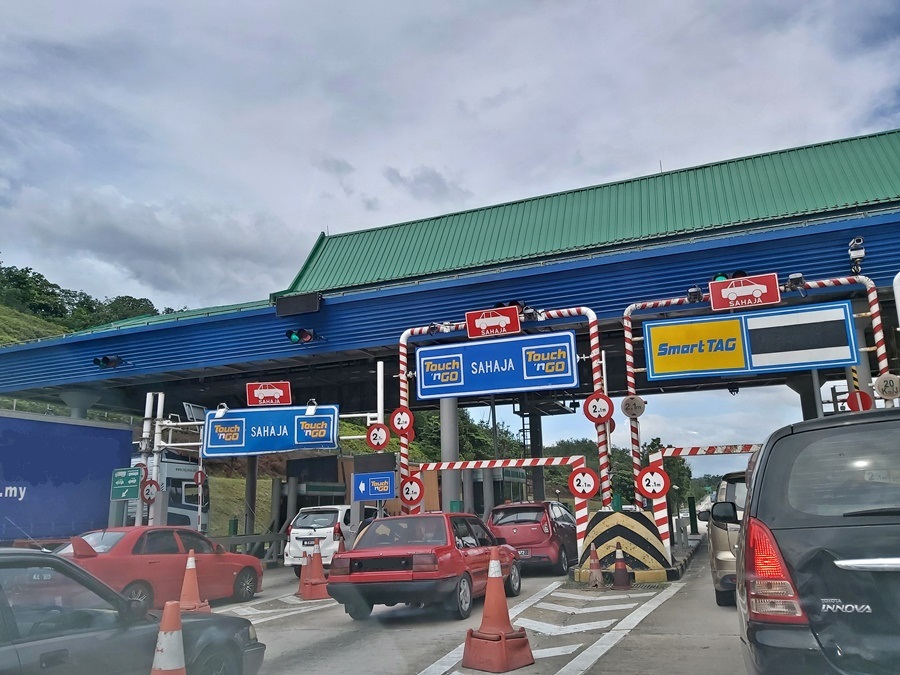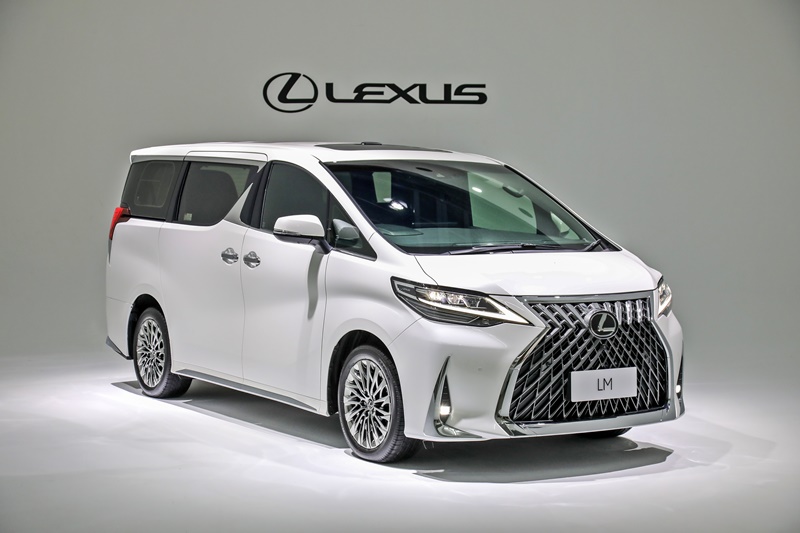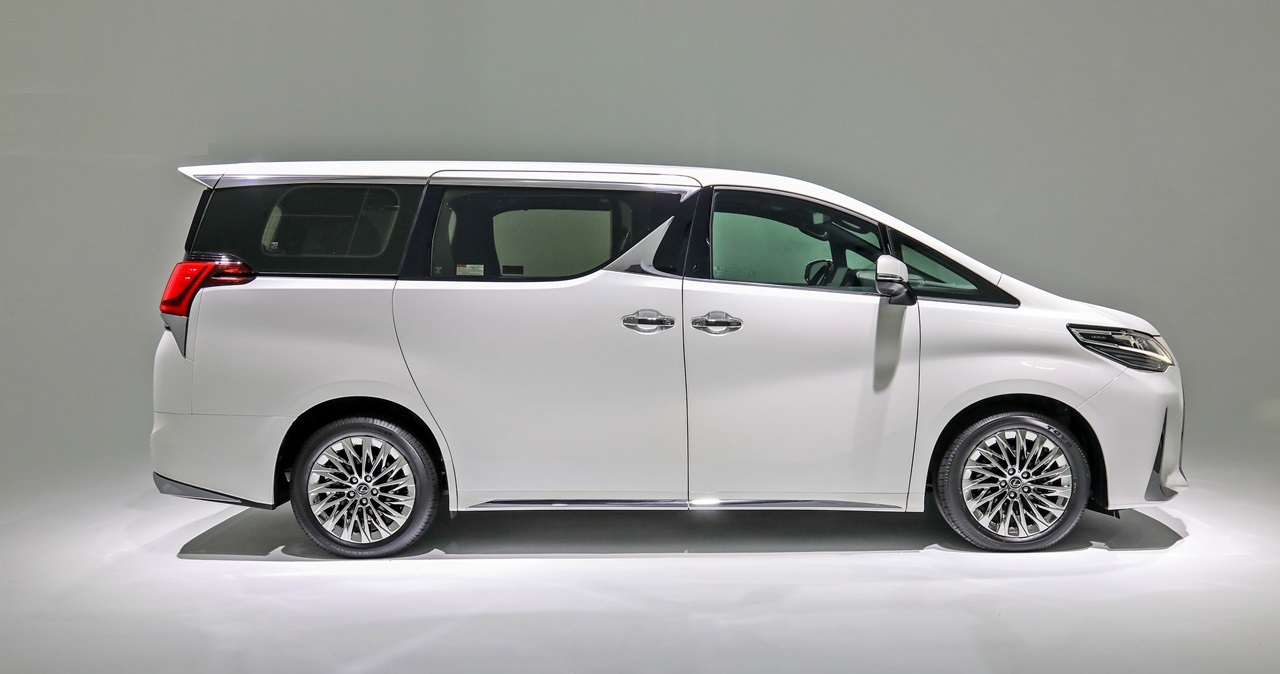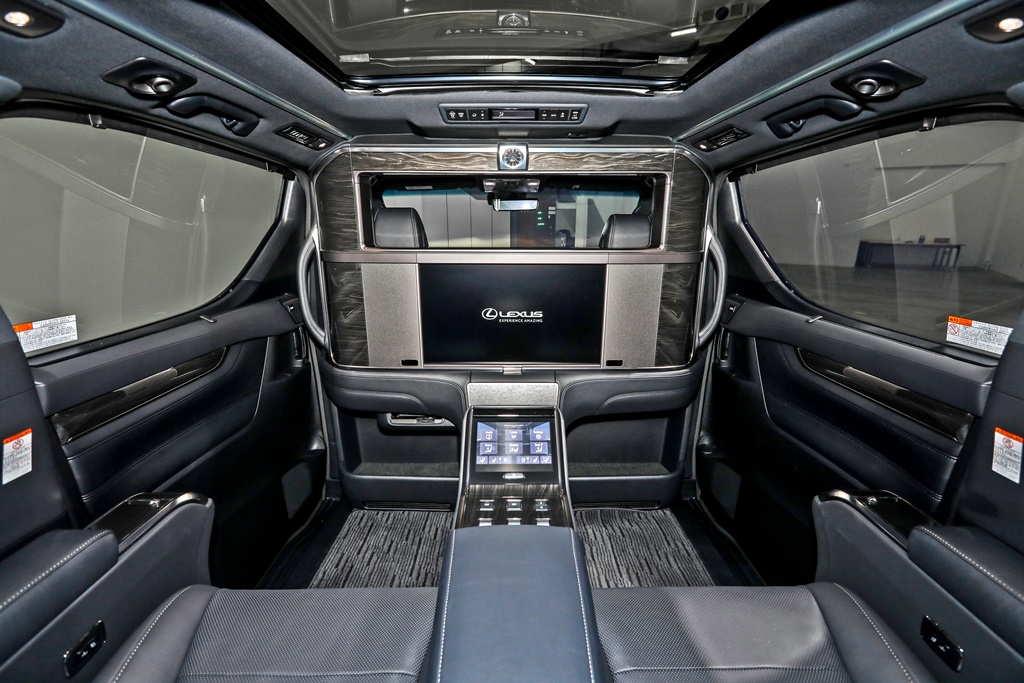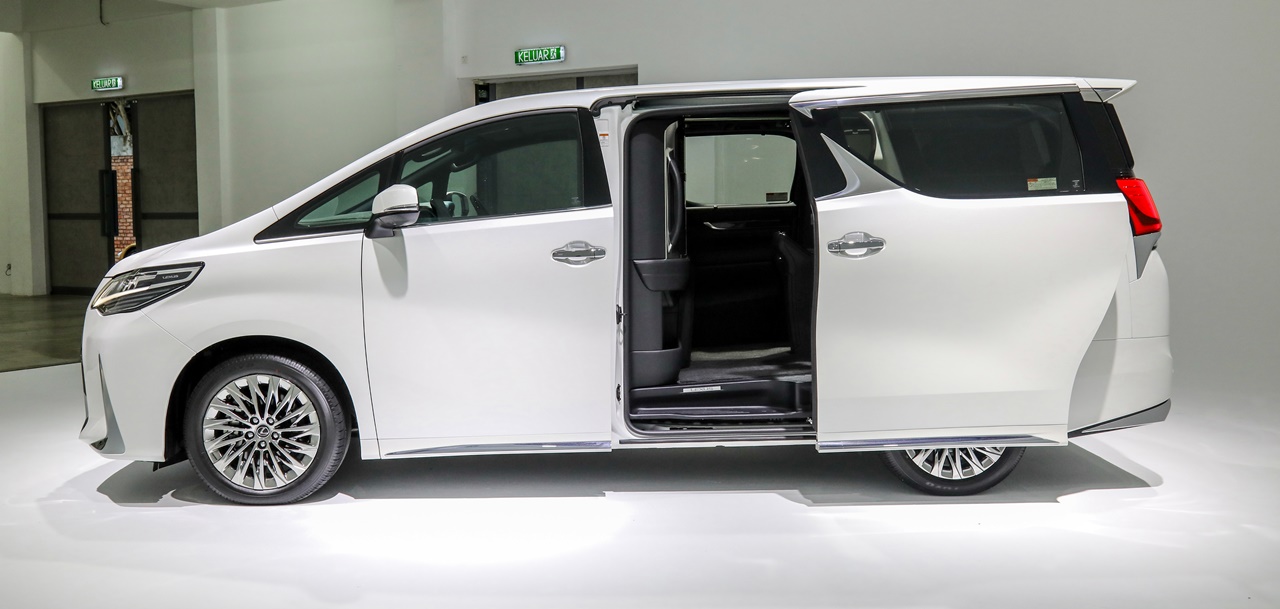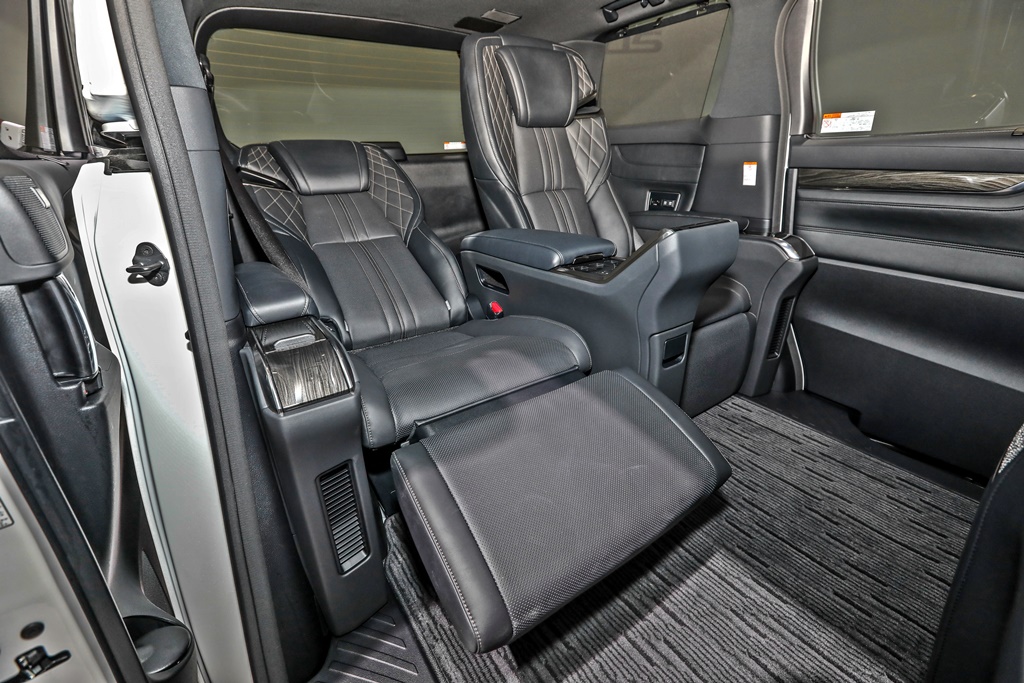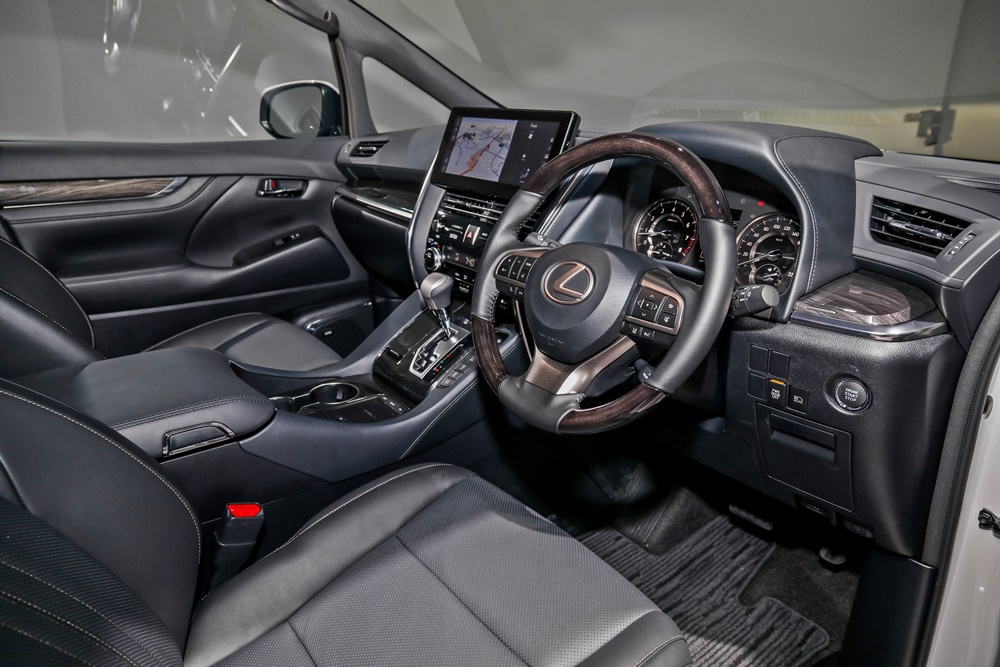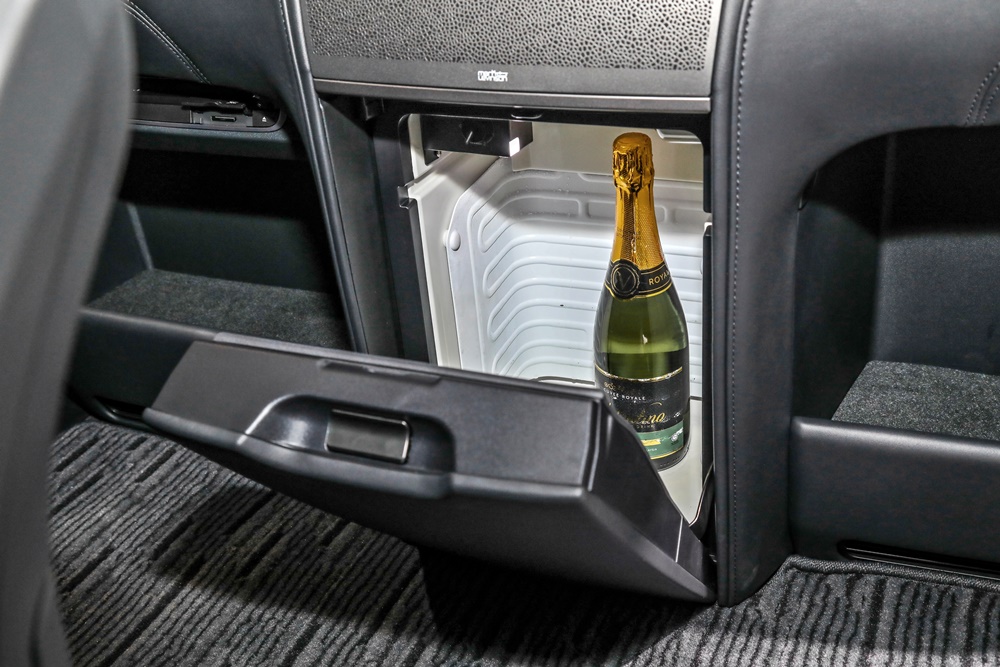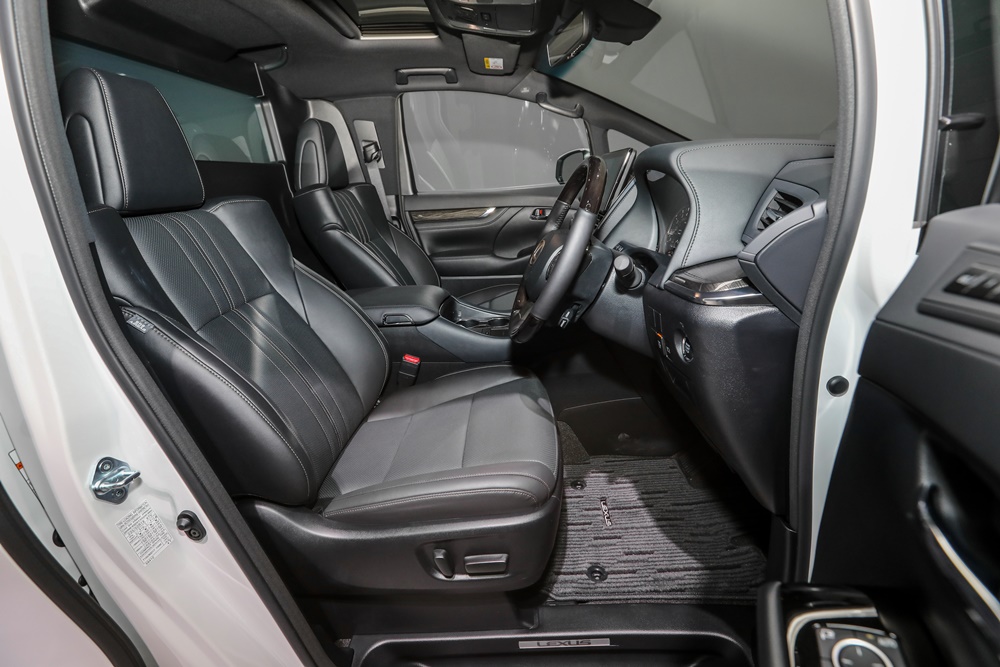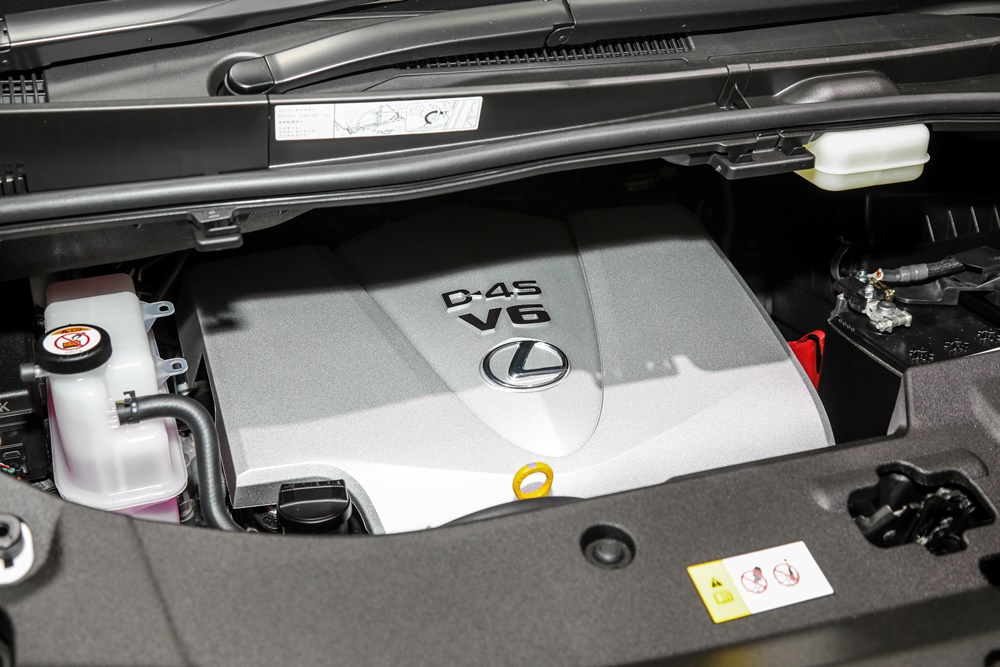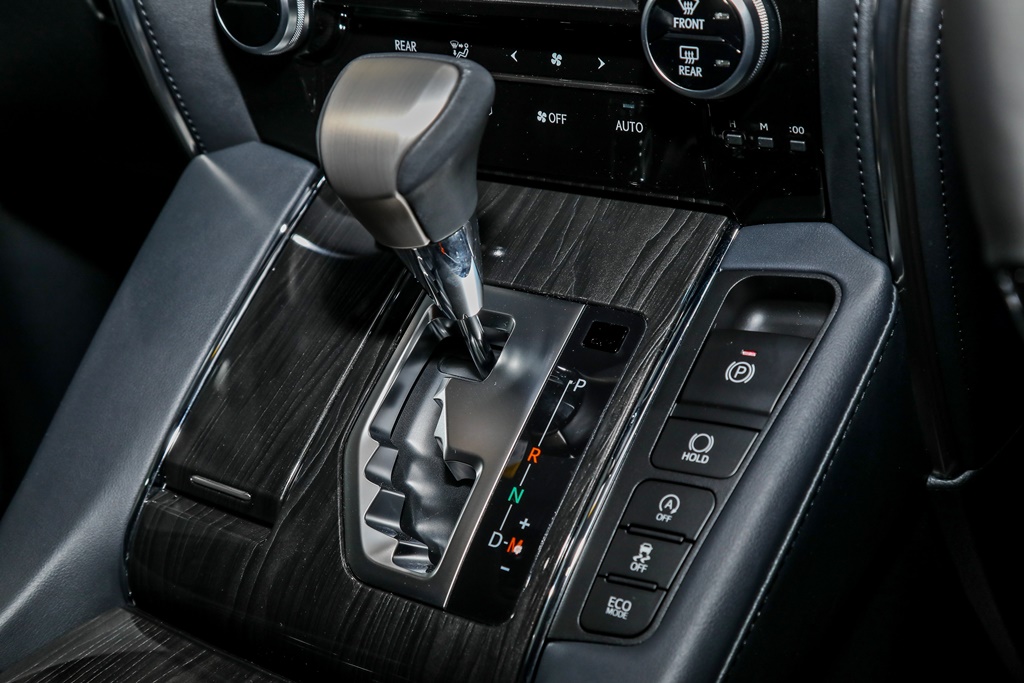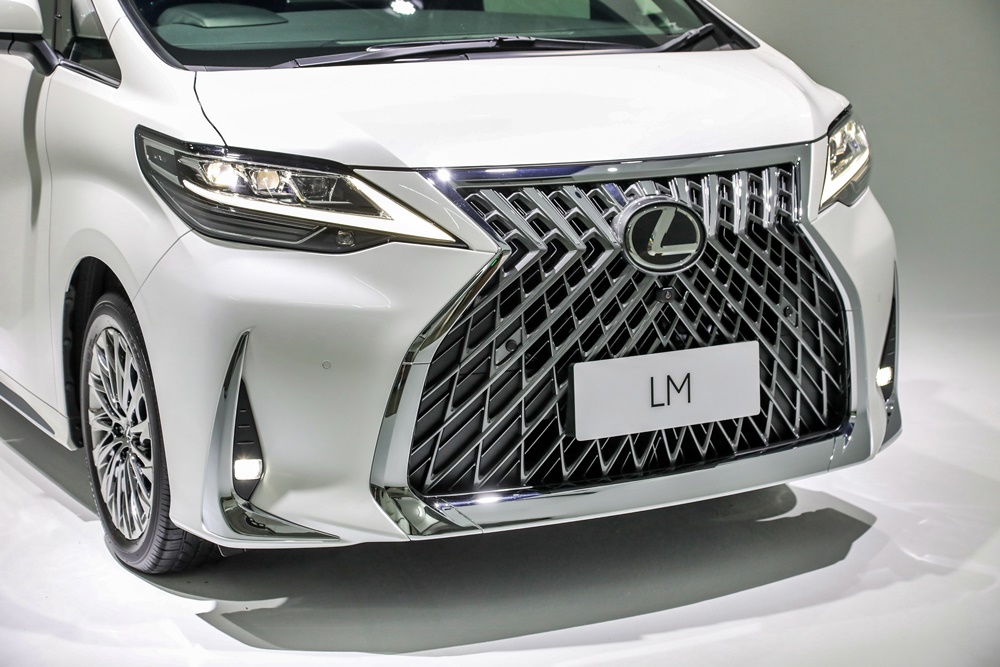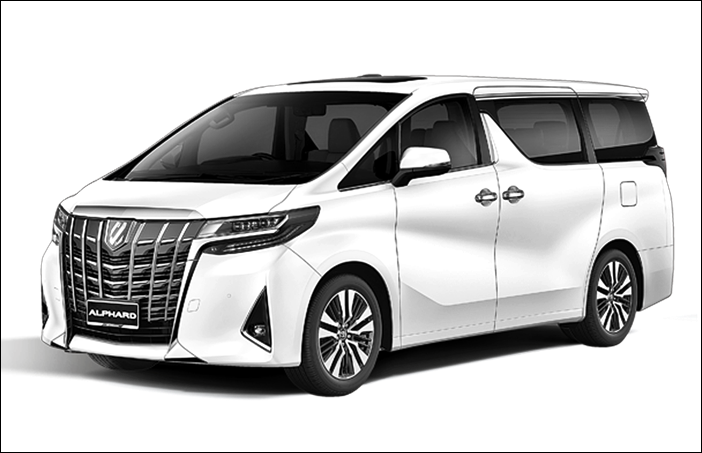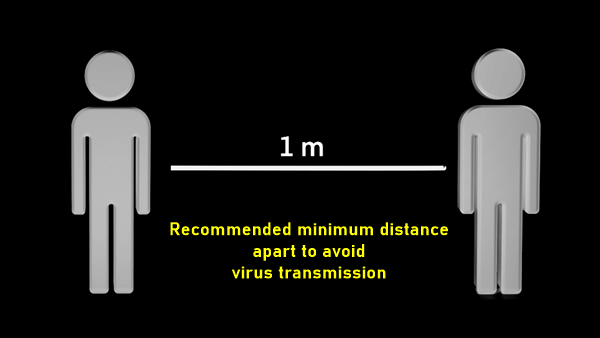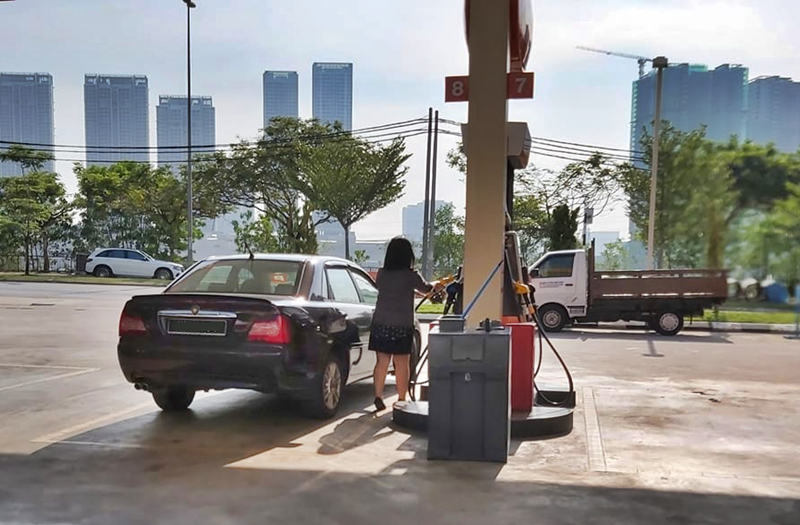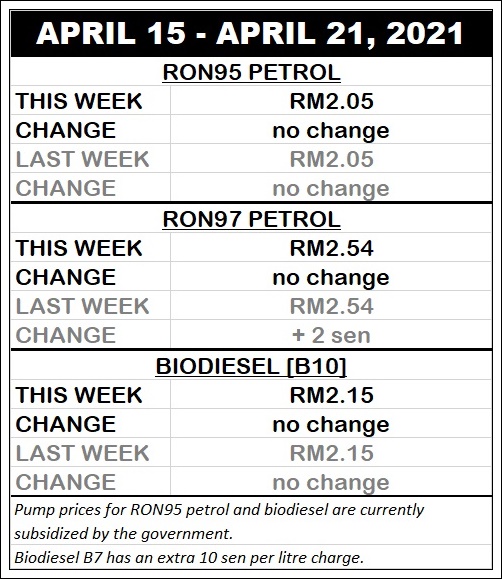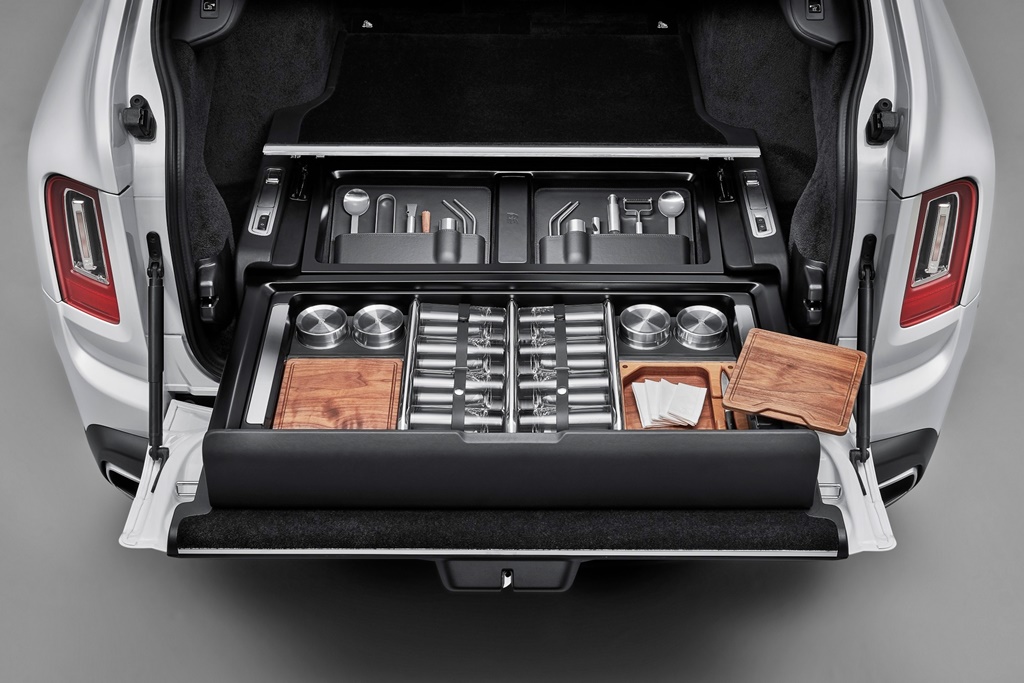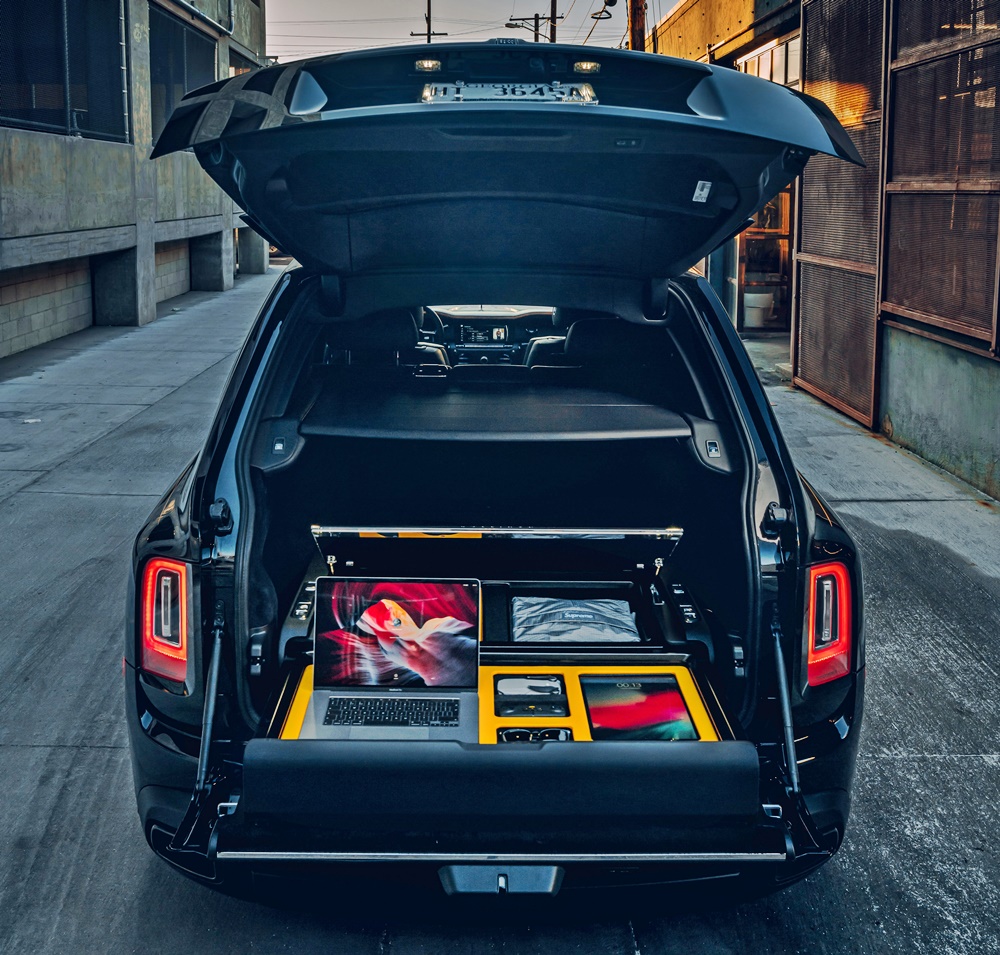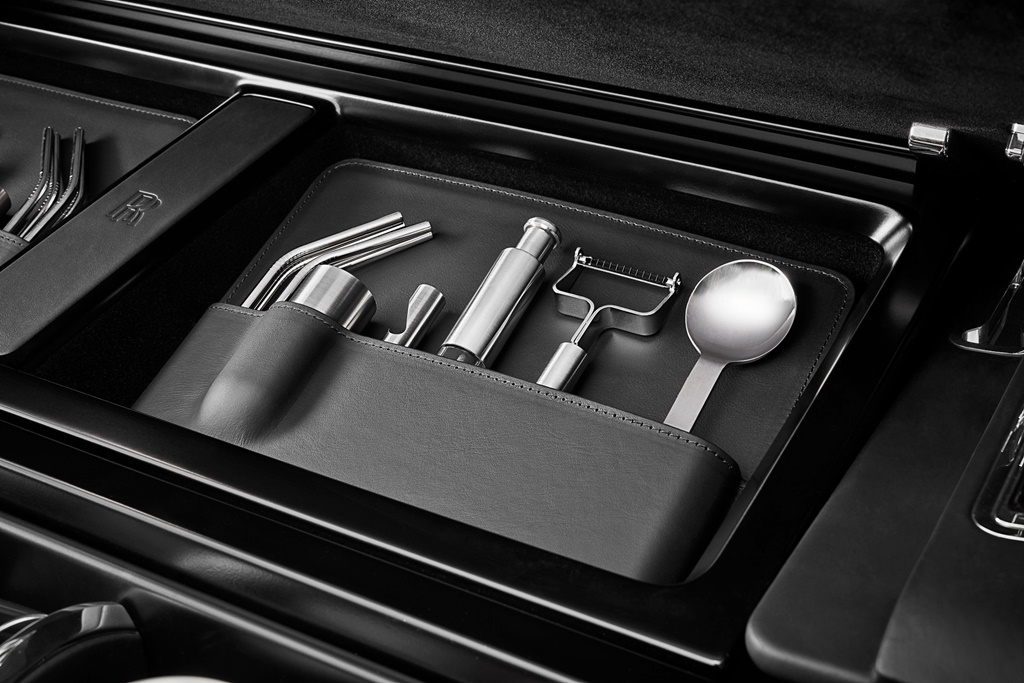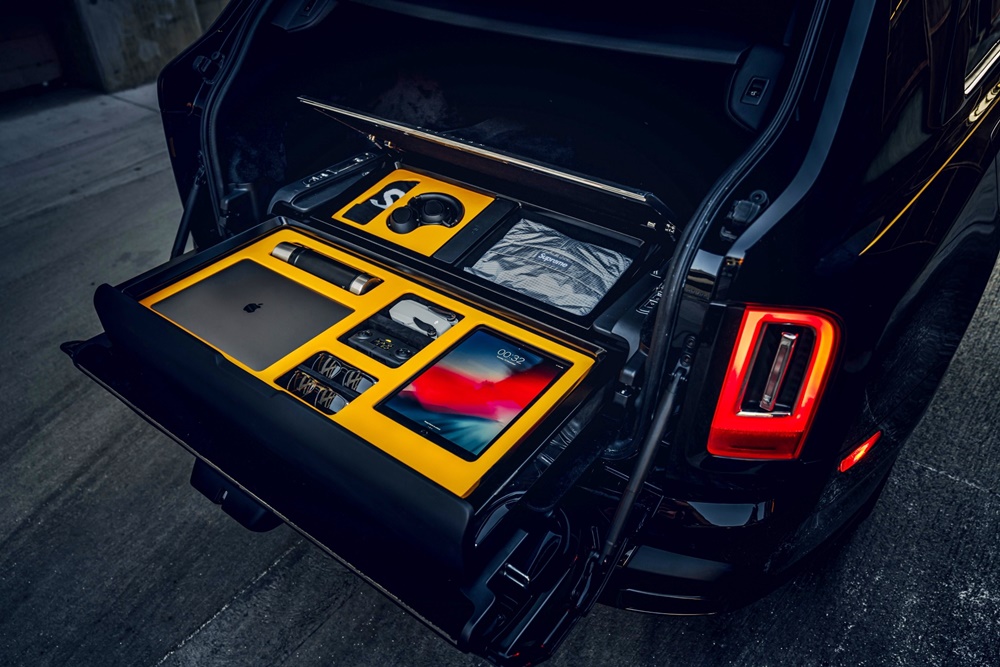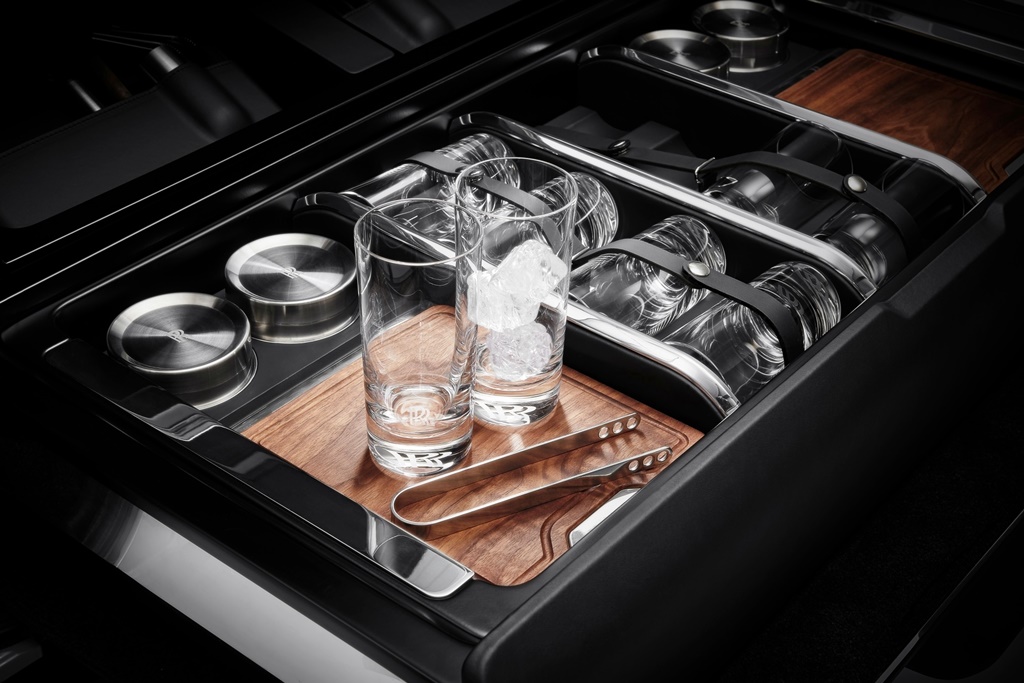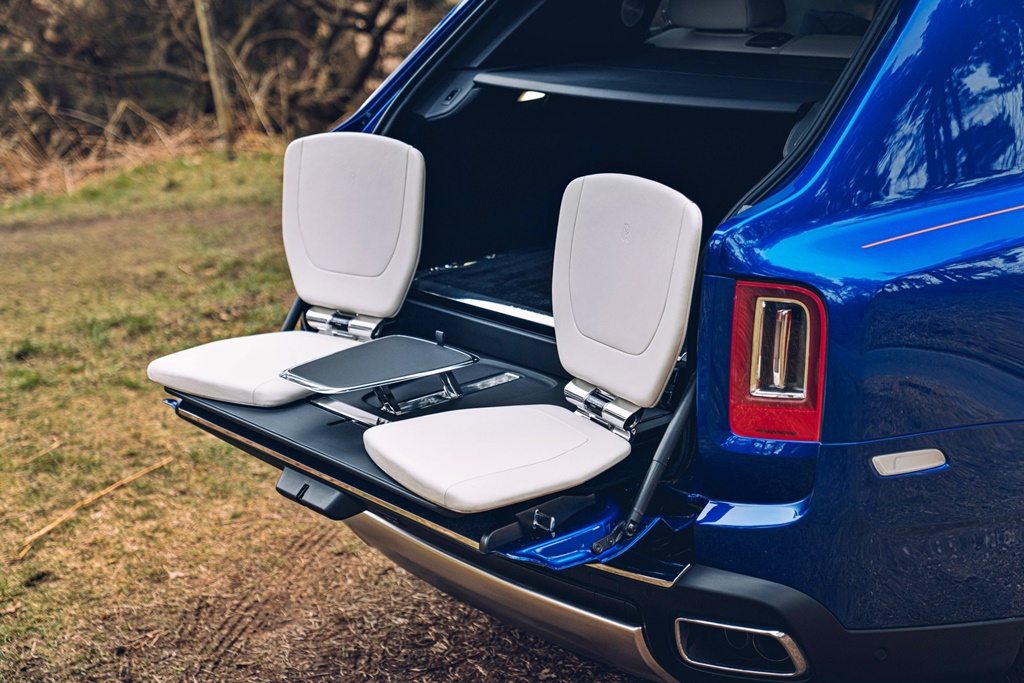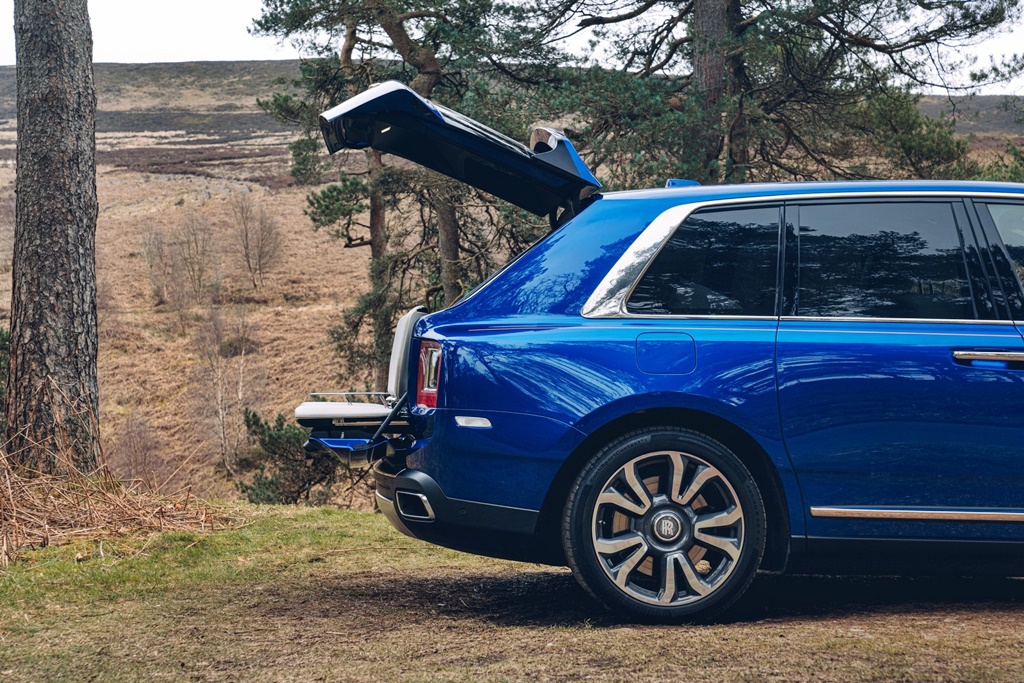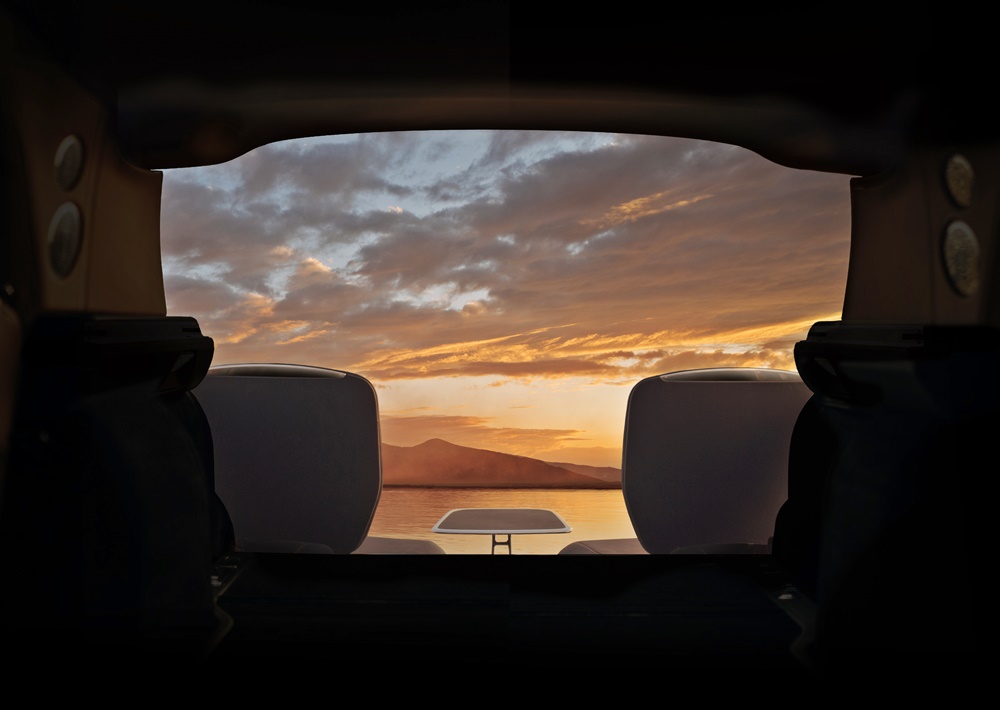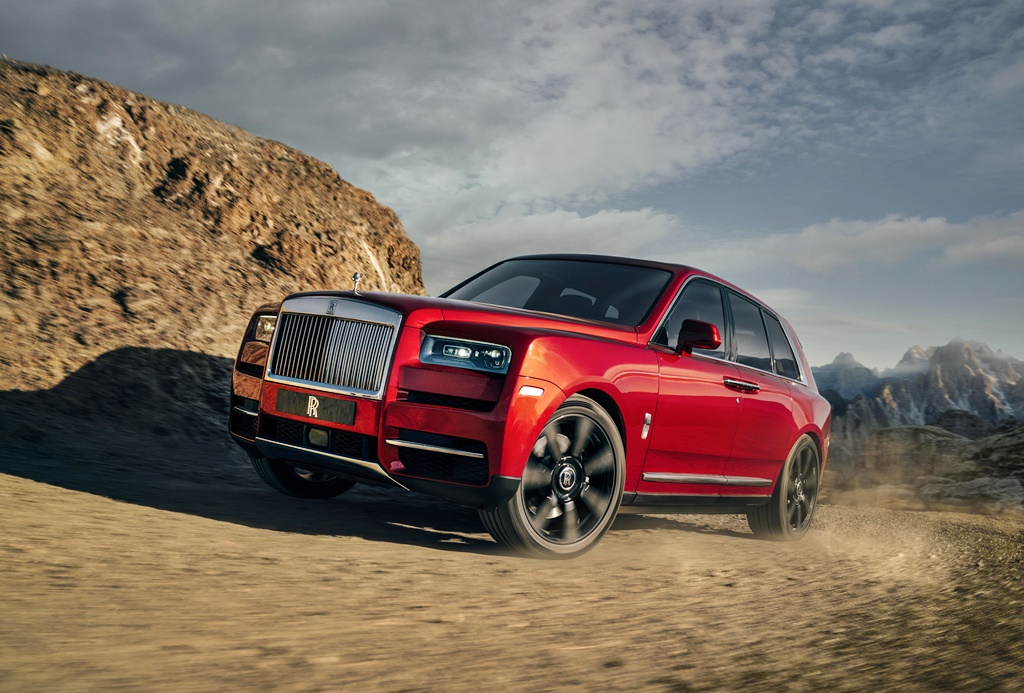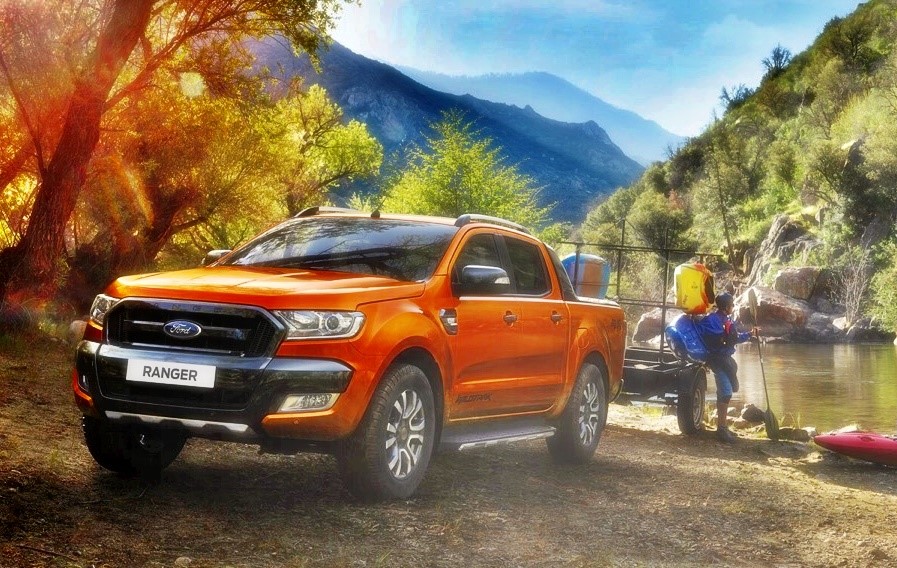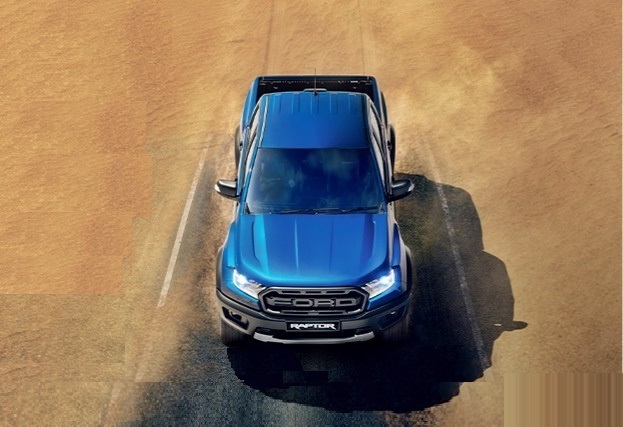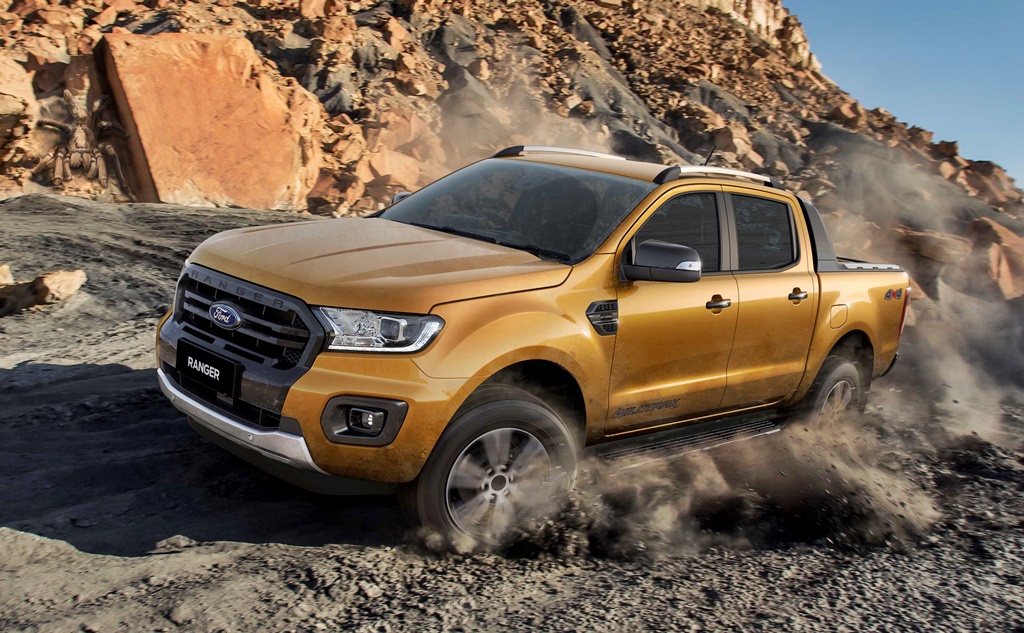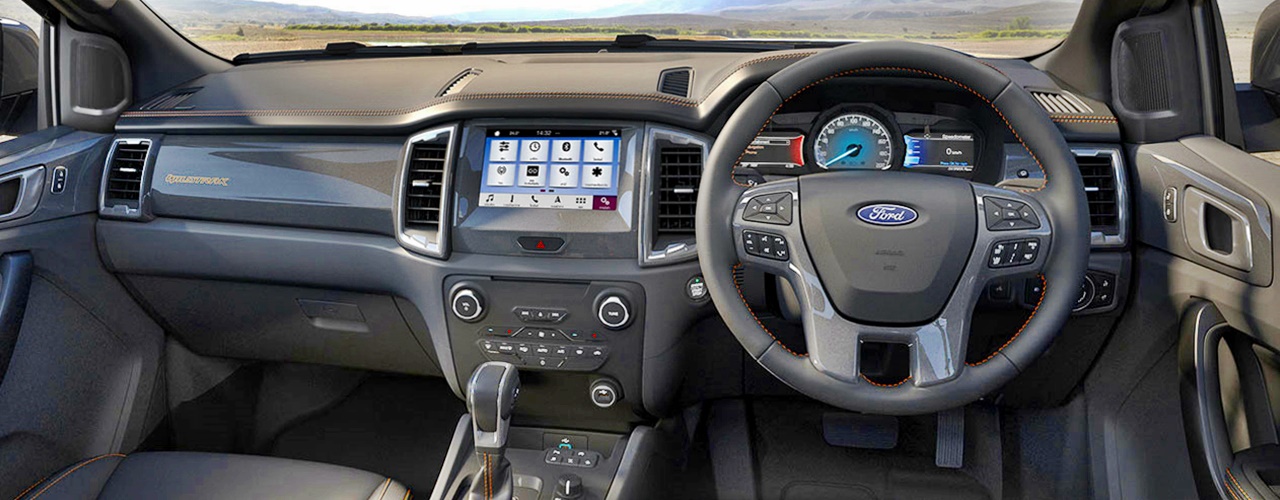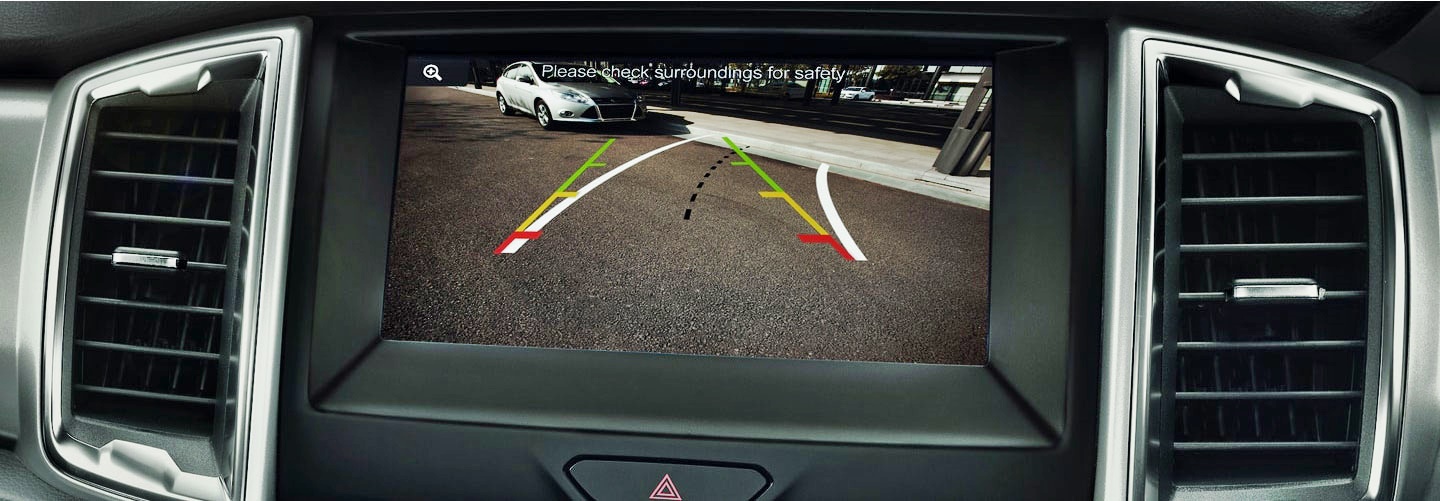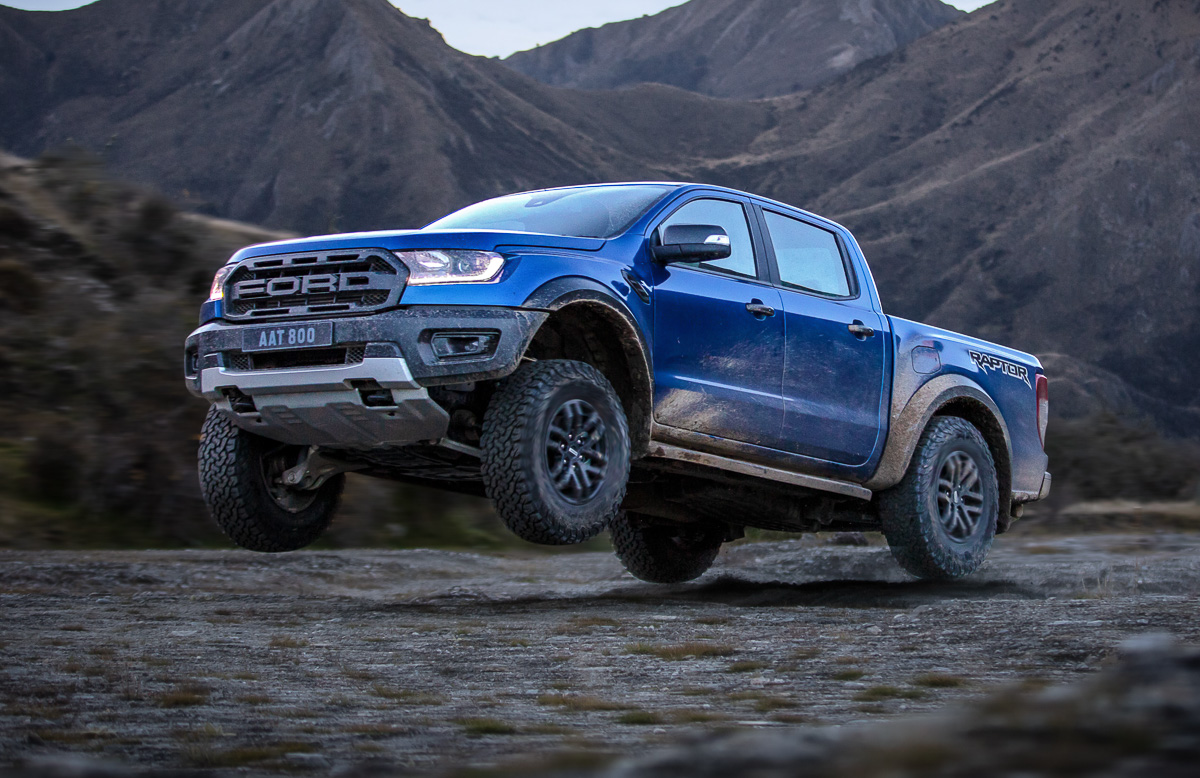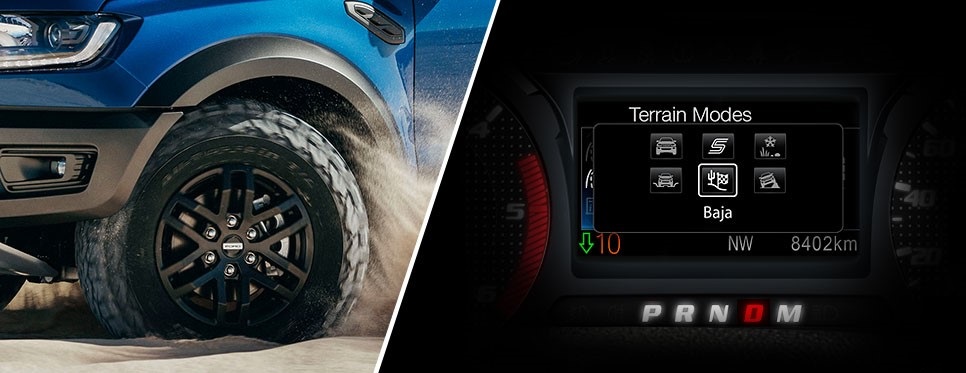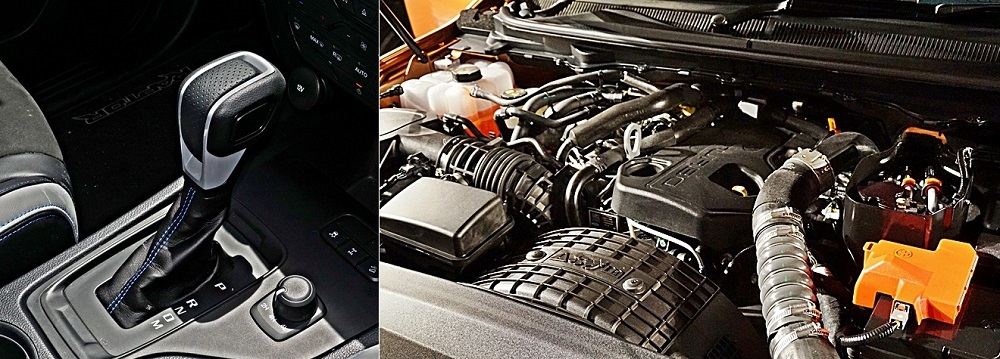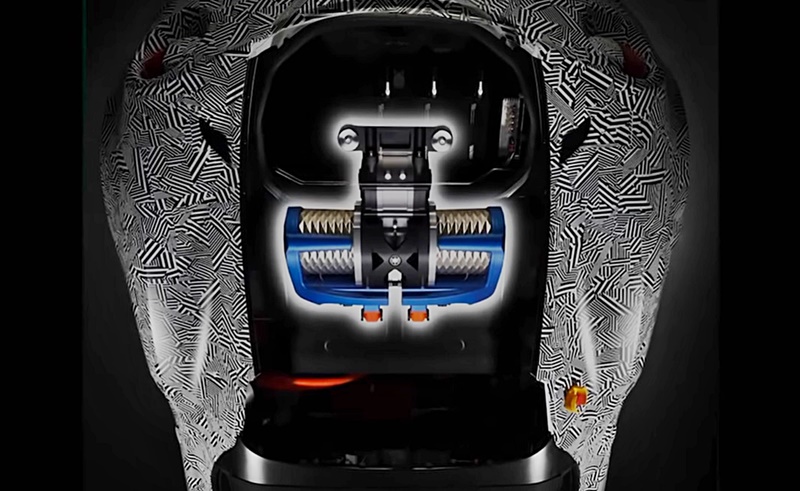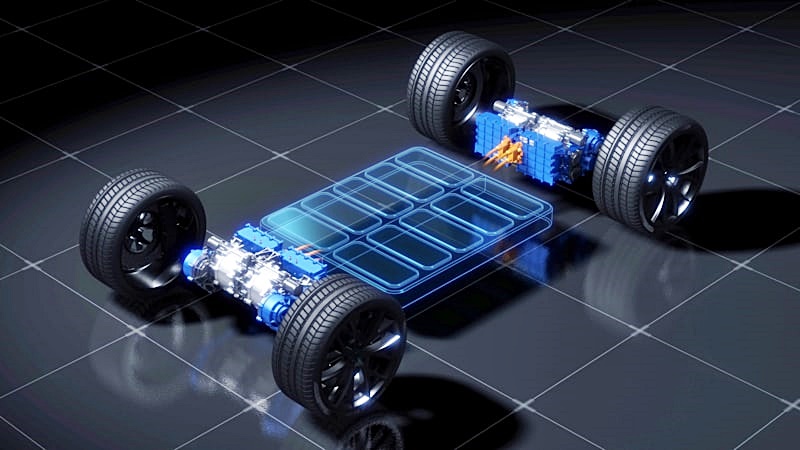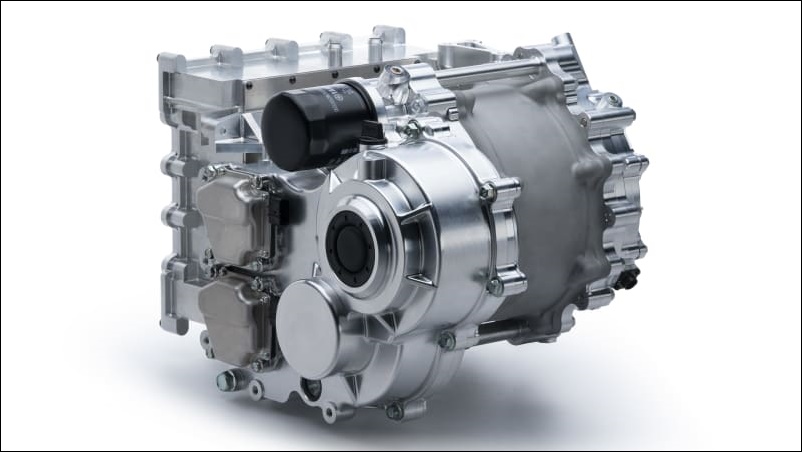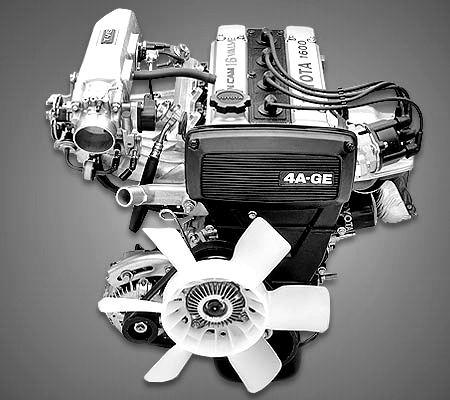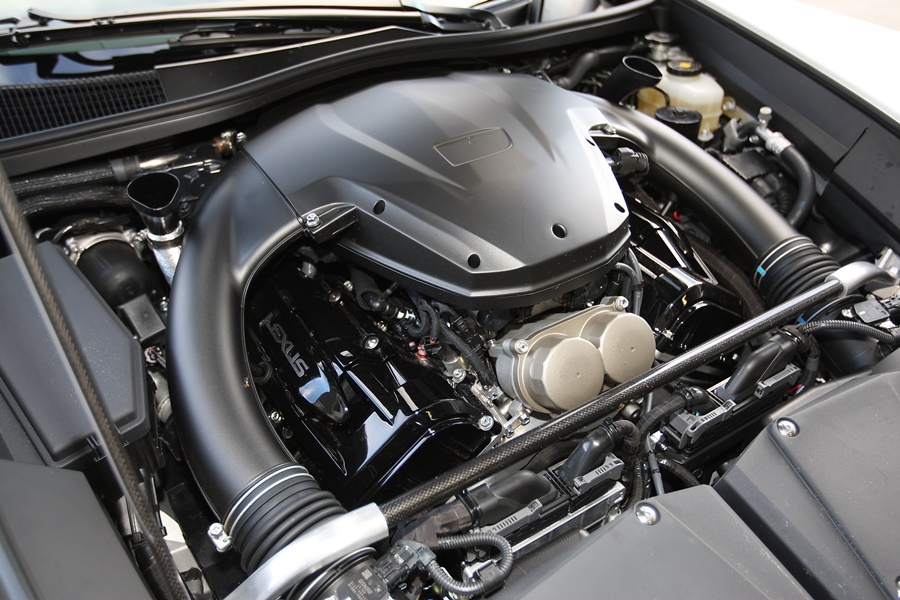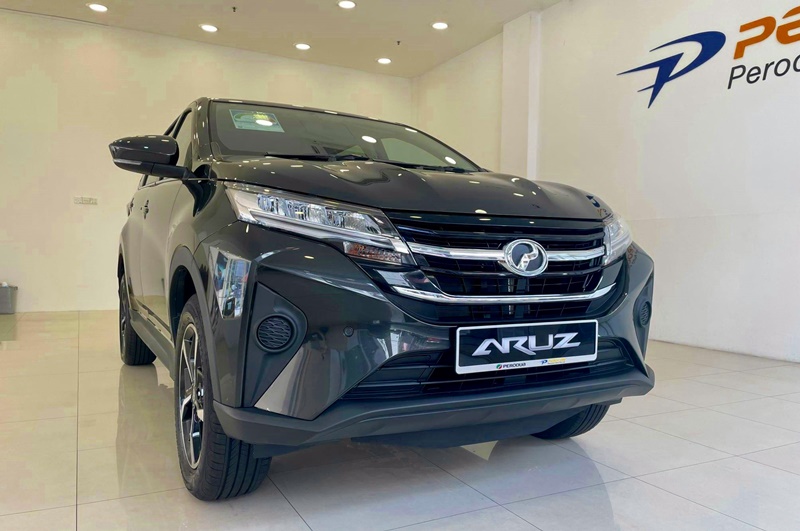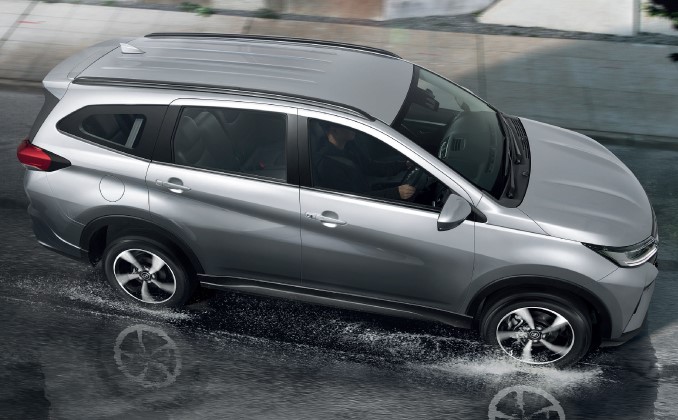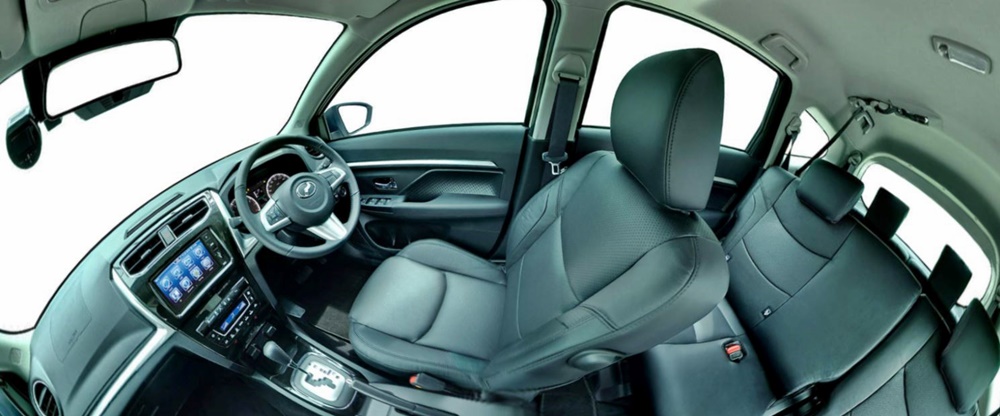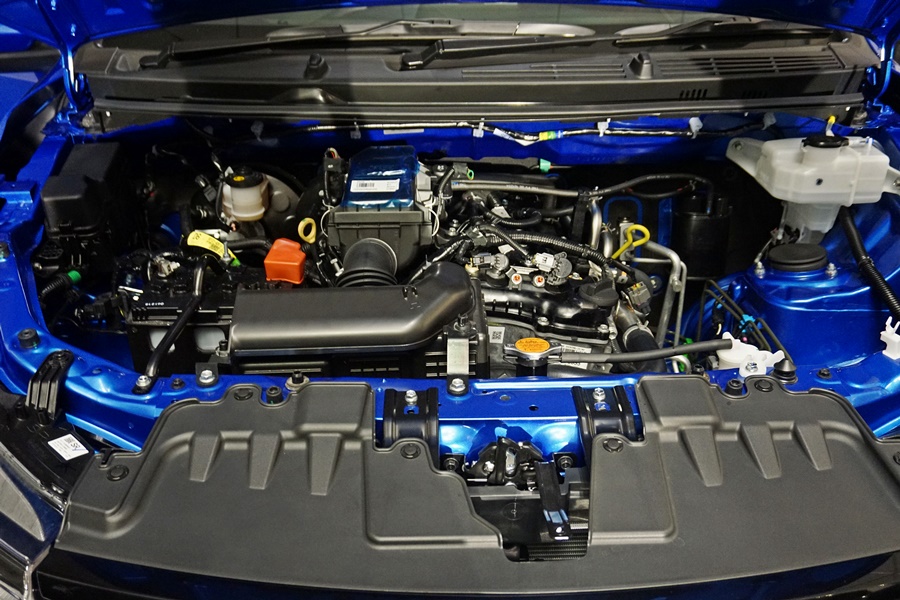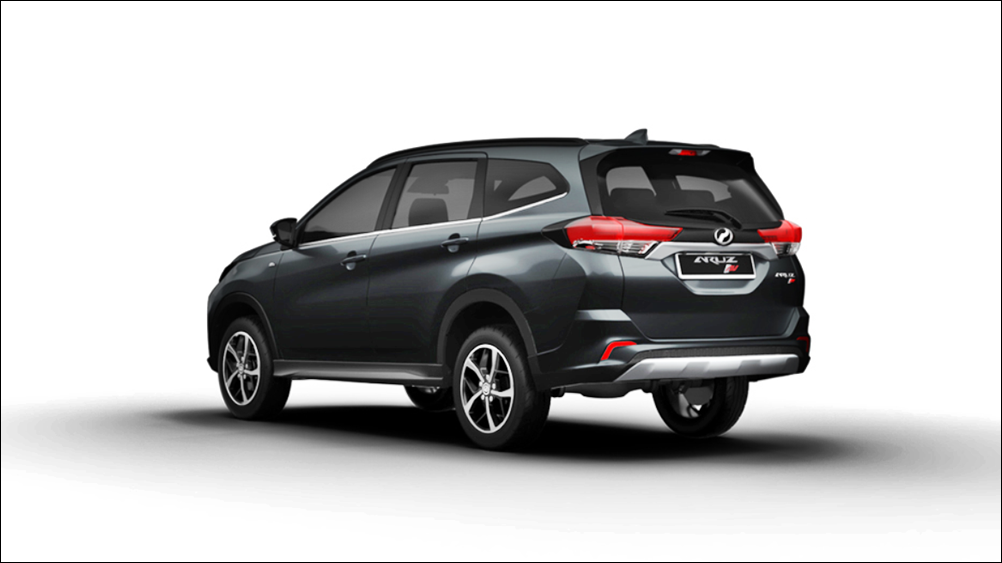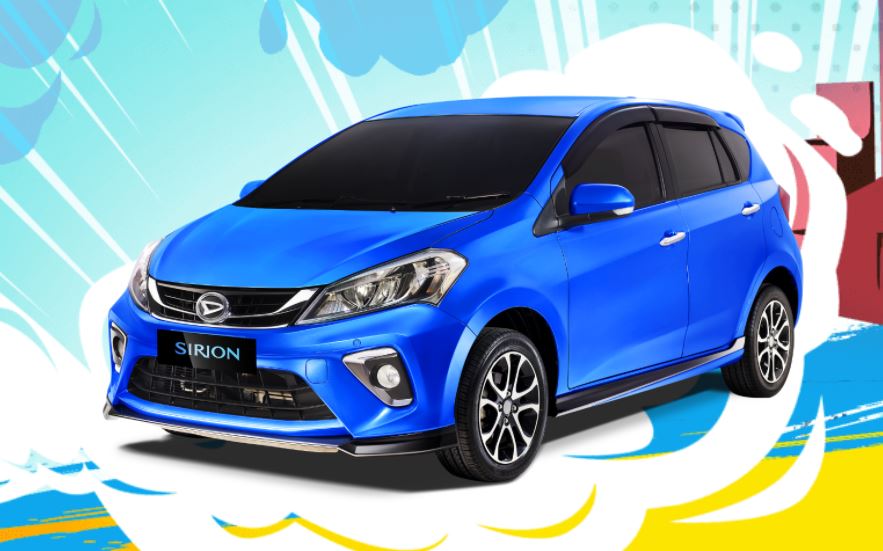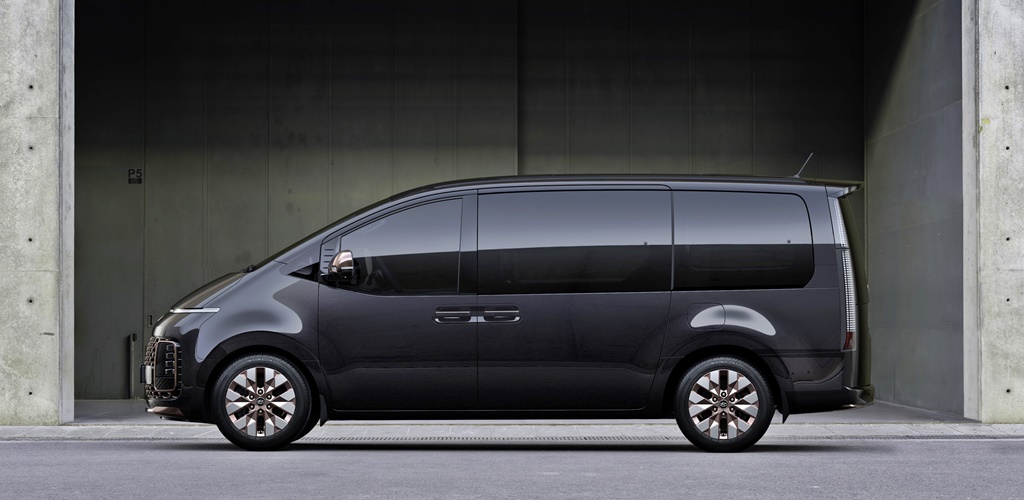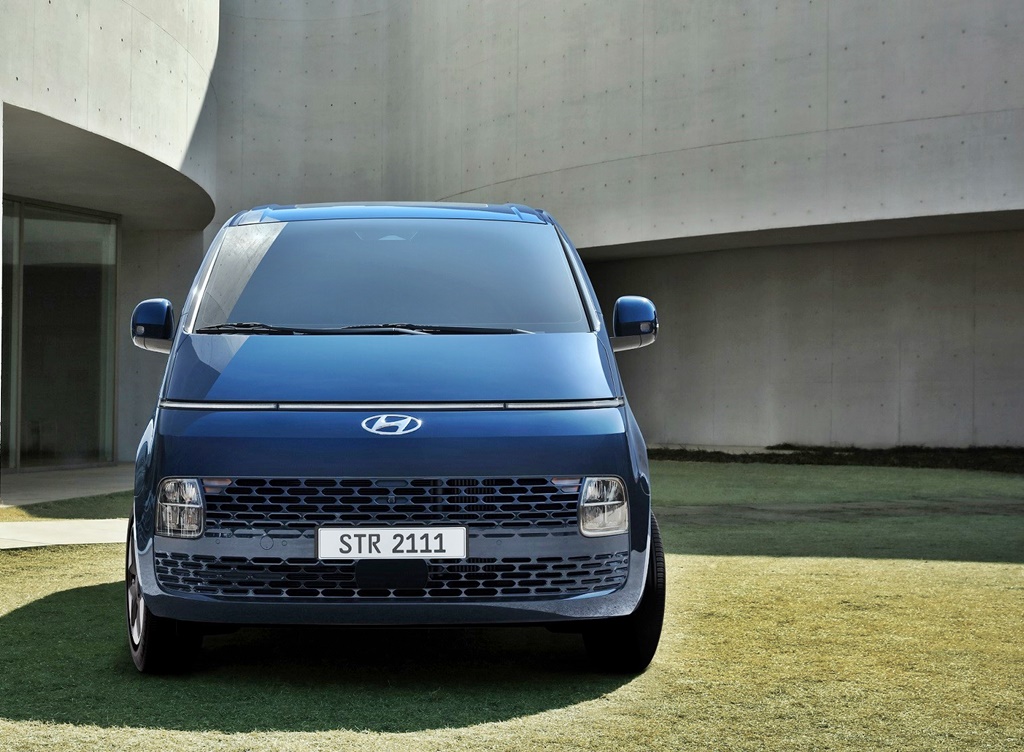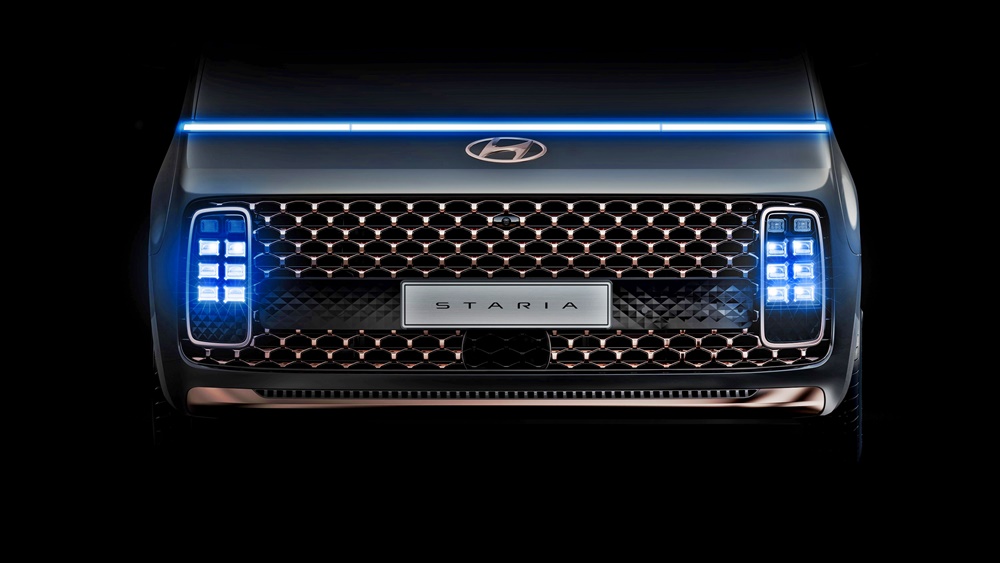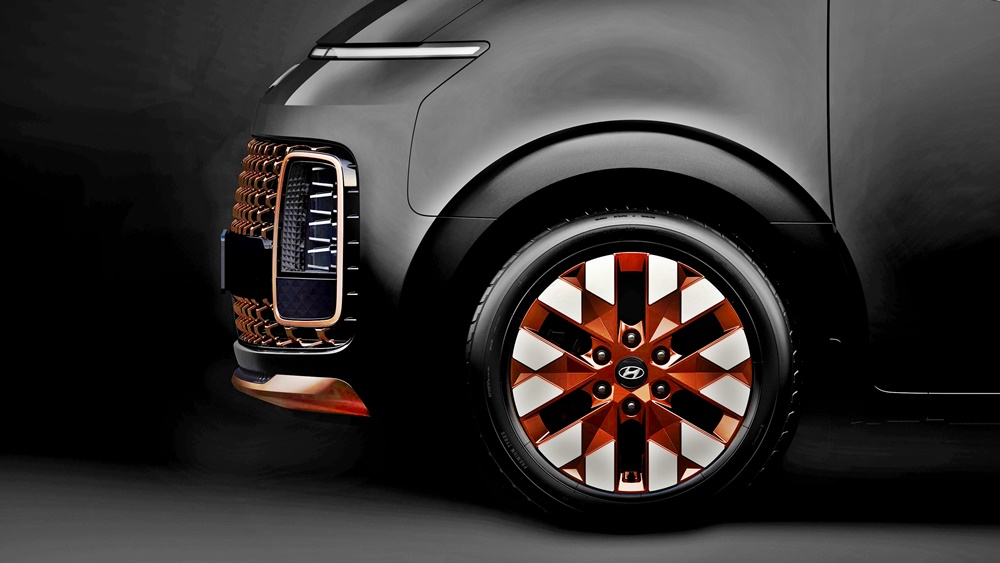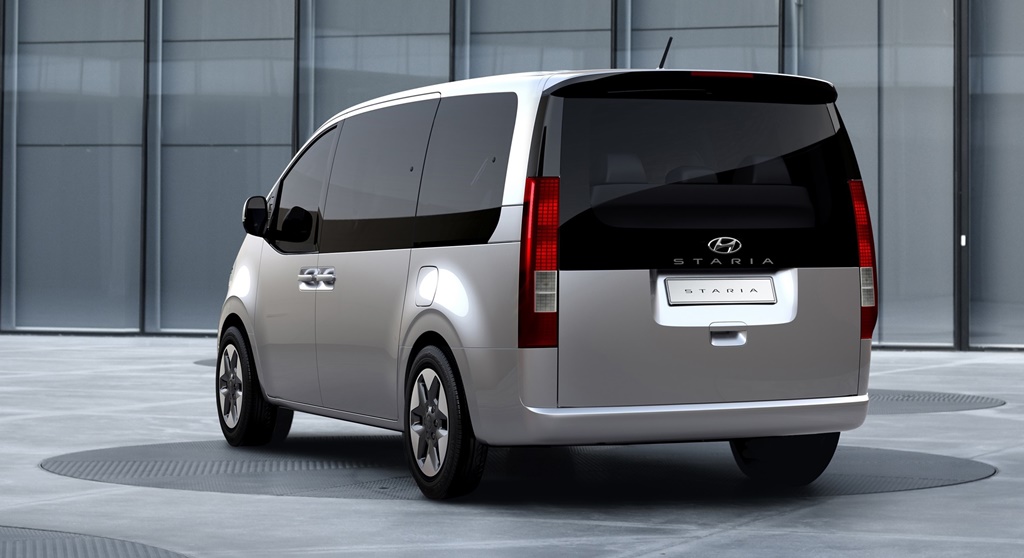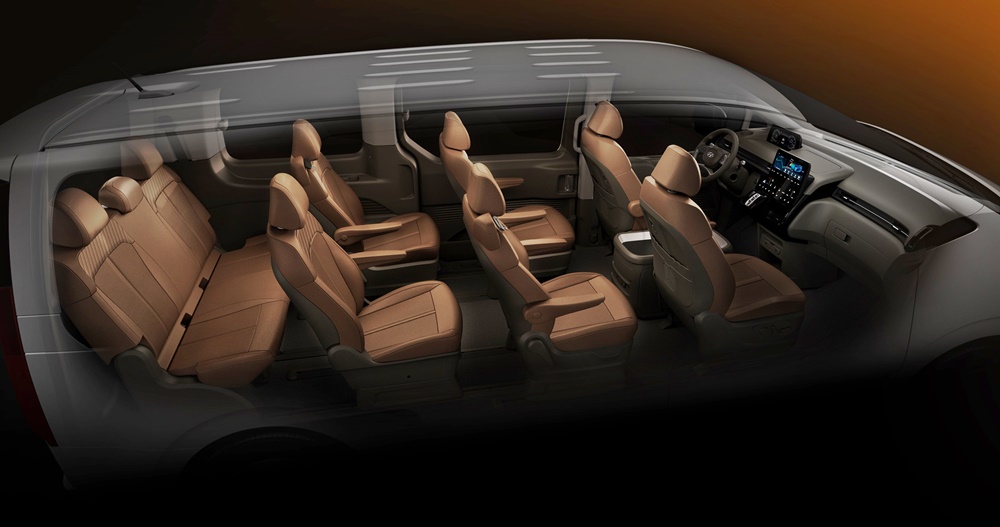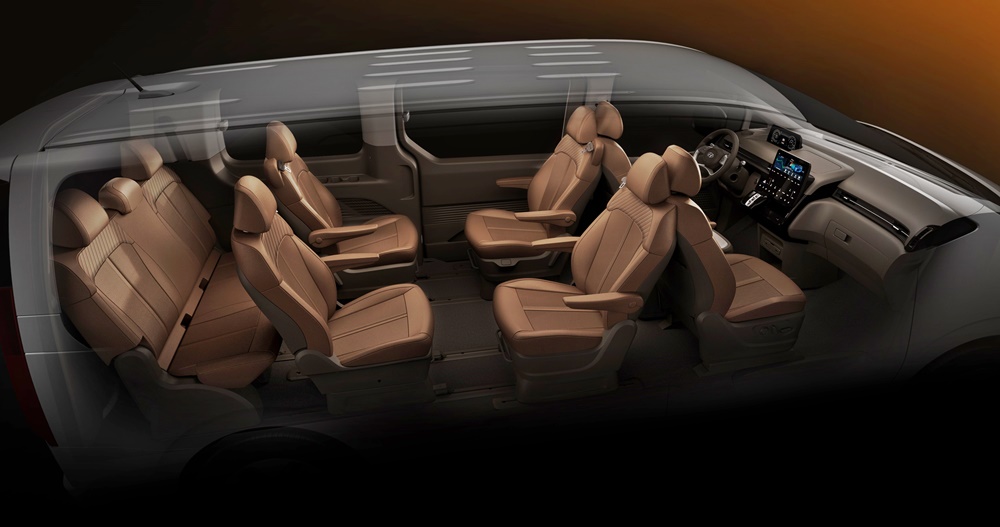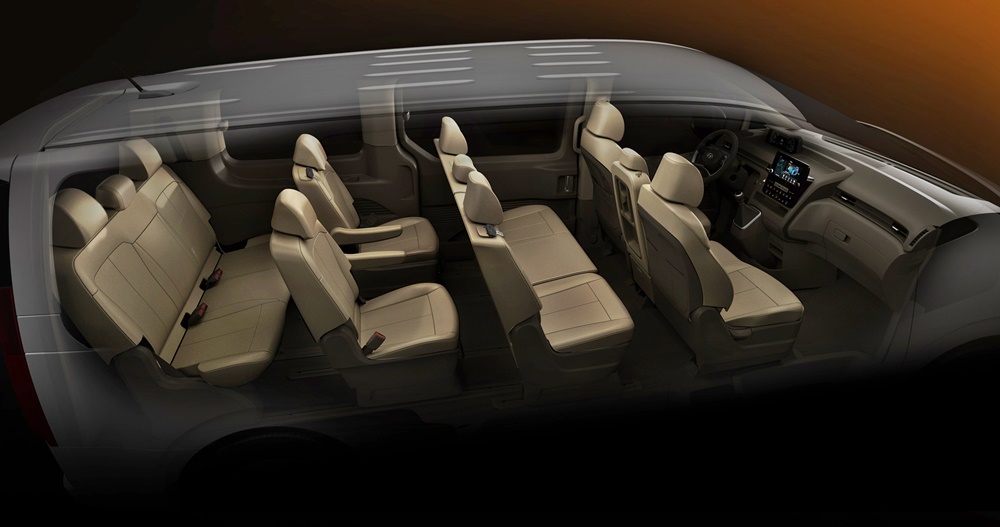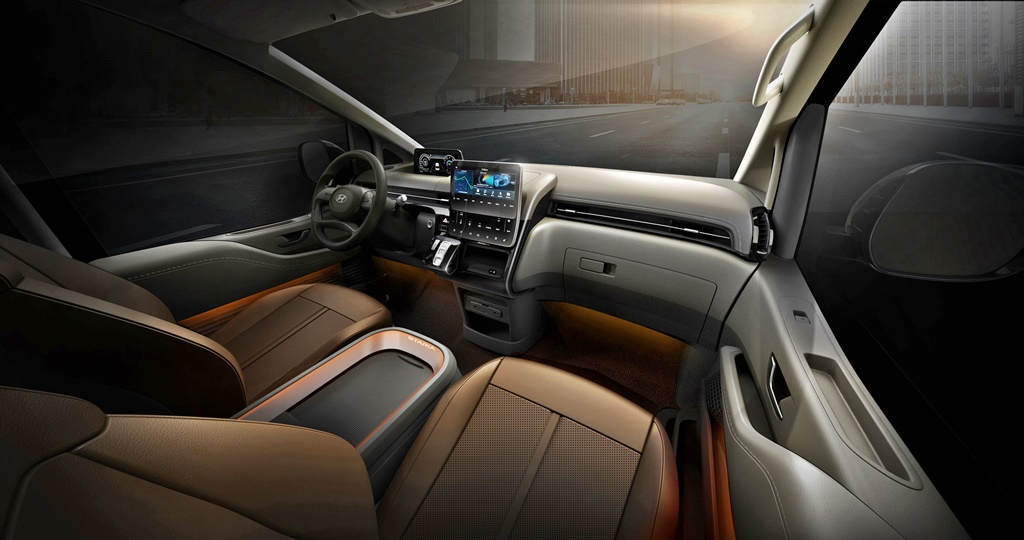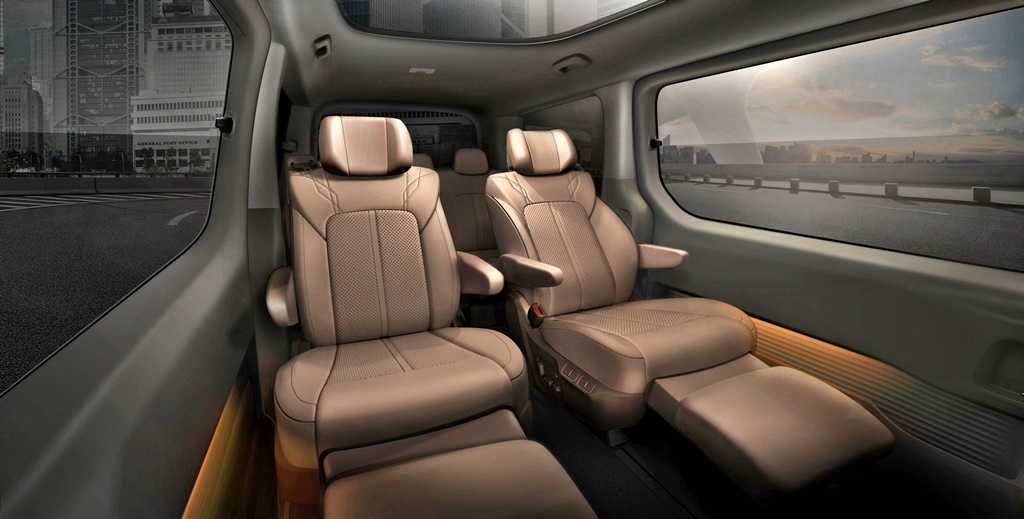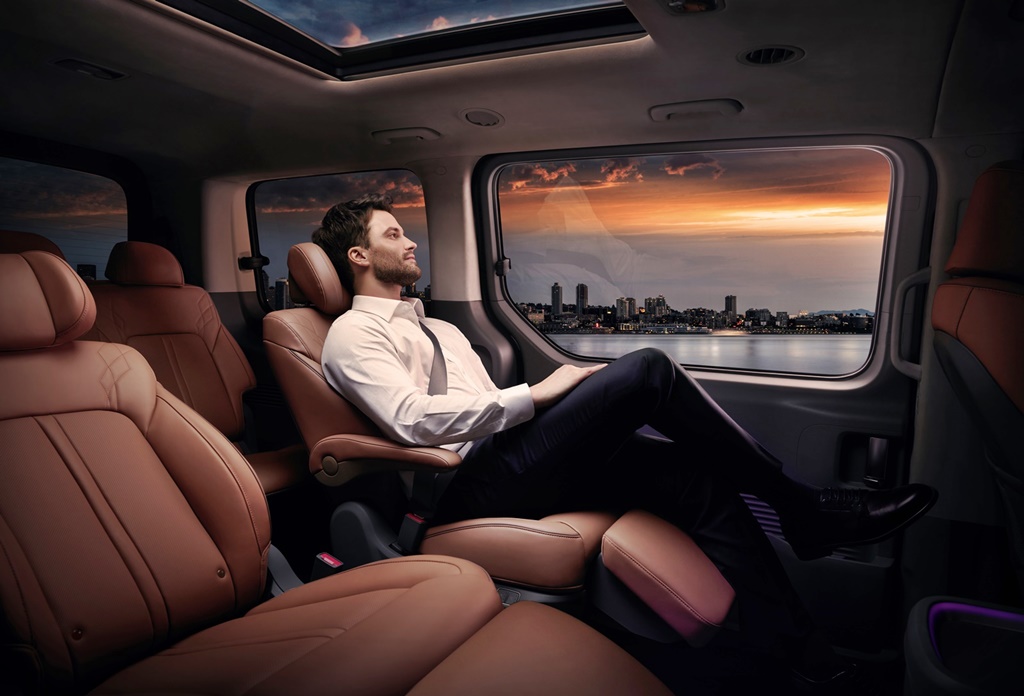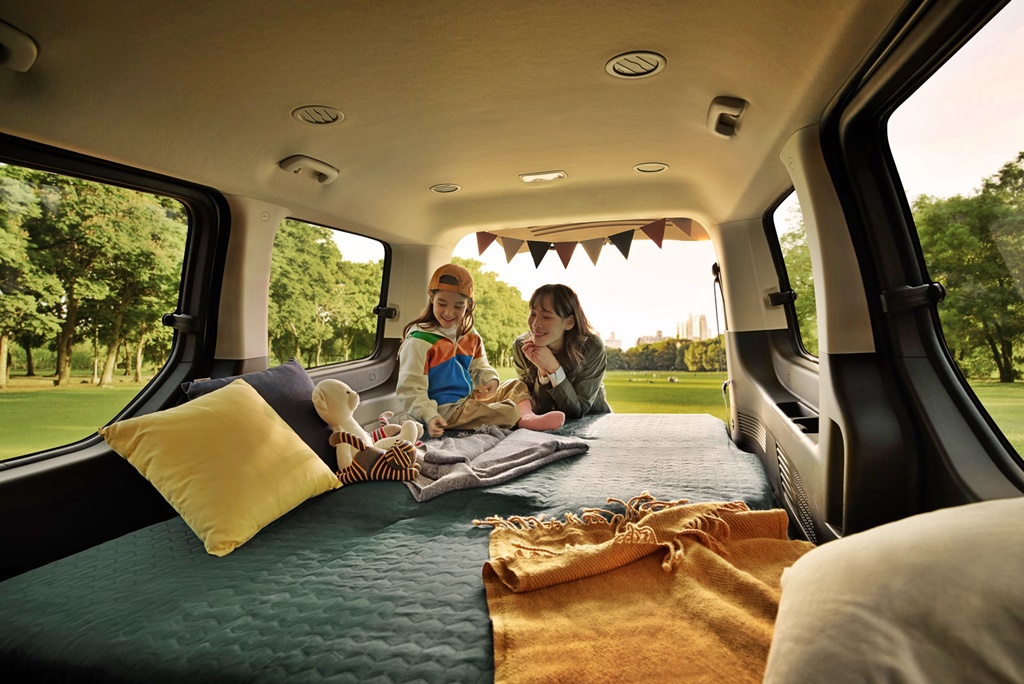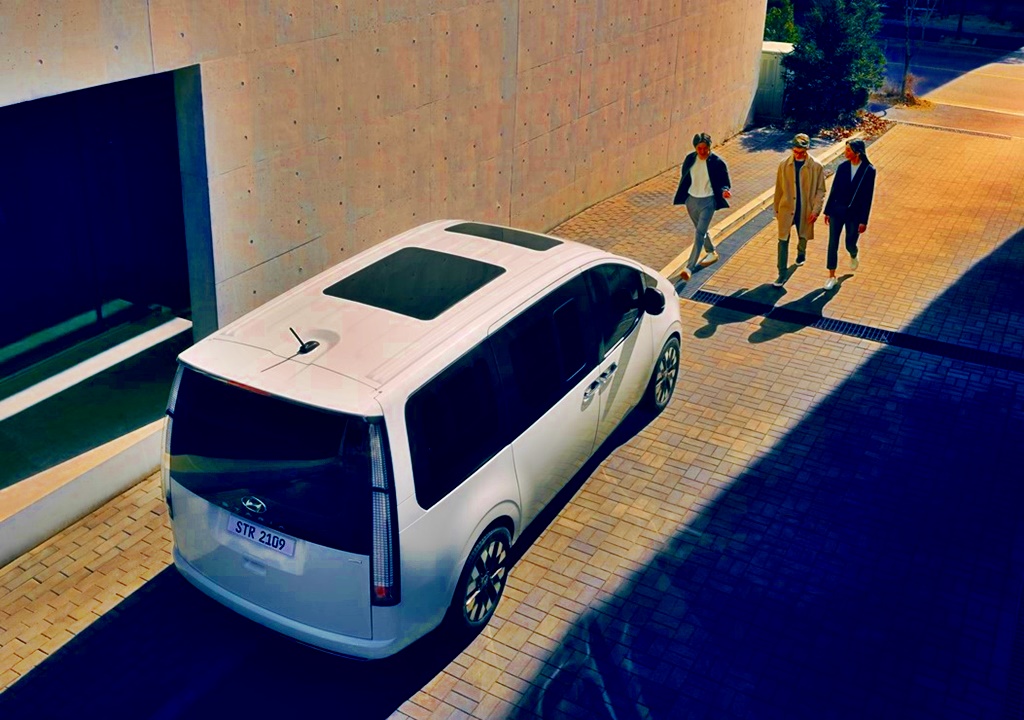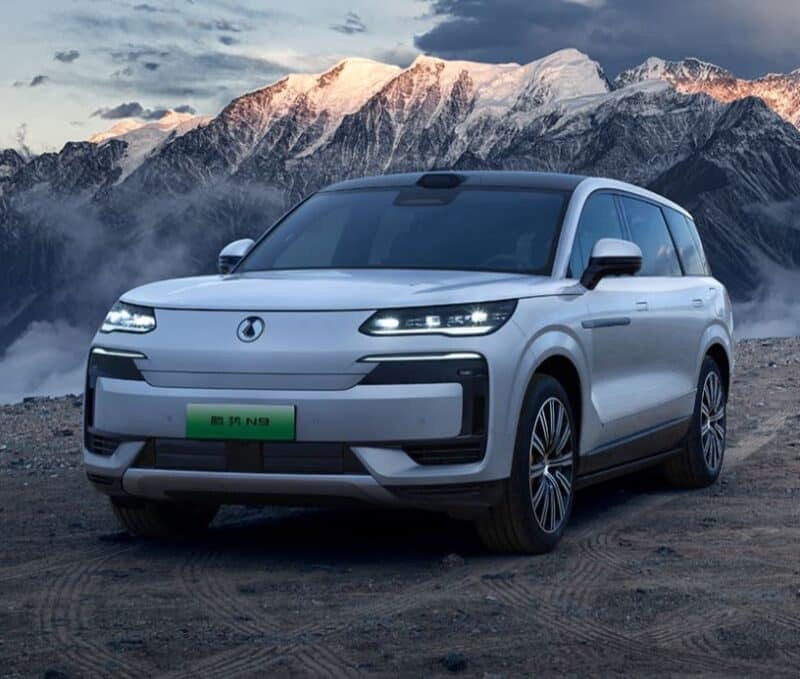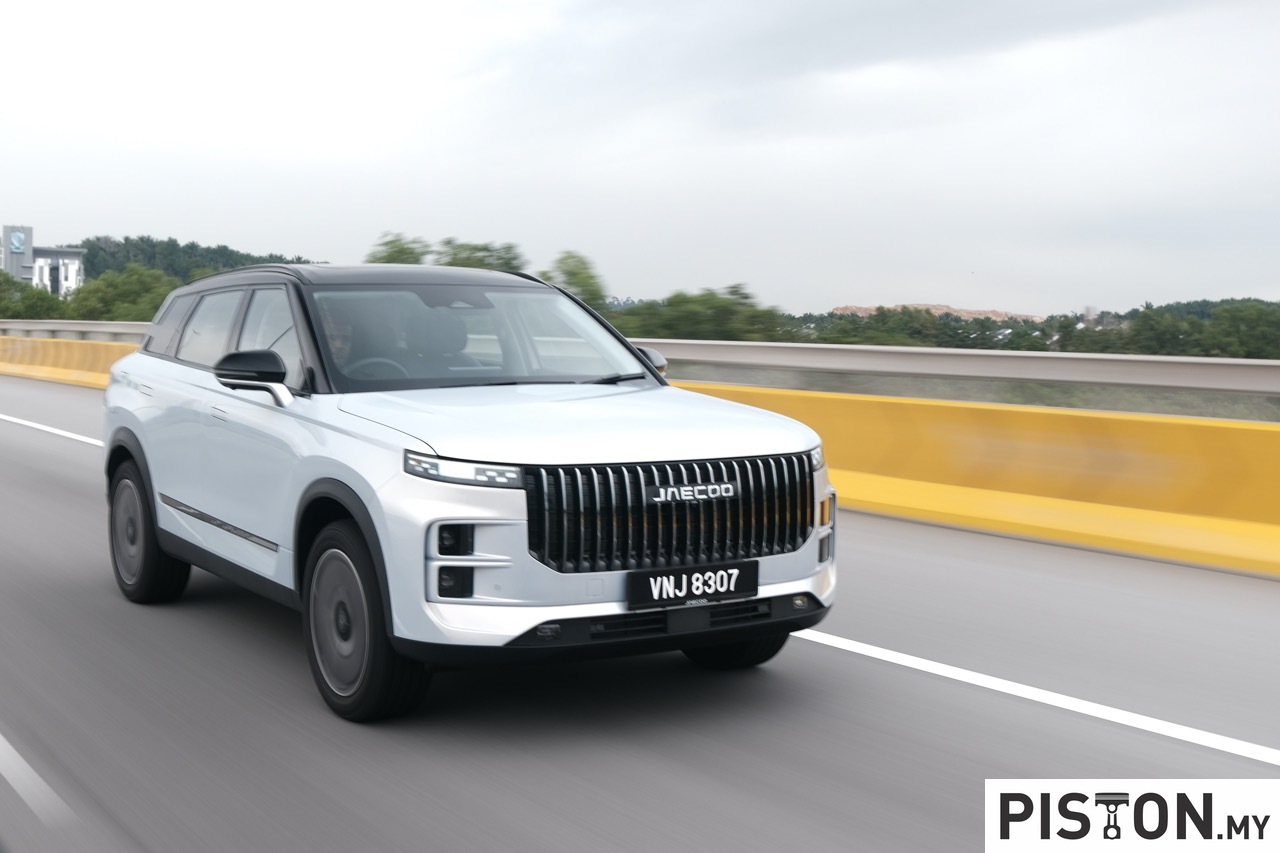Though it’s not apparent to the general public, the motor insurance business is a competitive one and like other businesses, the way to attract more customers is to offer value-added services or benefits. This can make it confusing or tiring for motorists to check each company’s offerings, and they may not get the best deal.
TREVO, a people-to-people car-sharing marketplace, can help motor vehicle owners with TREVO Guard, a motor insurance renewal service available via the TREVO app. With TREVO Guard, the policies offered are curated to focus on those with special policy features catering to the mandatory insurance needs of owners in the modern P2P car-sharing and e-hailing ecosystem. Currently, new motor insurance policies from Allianz are available via TREVO Guard.
“This new service builds on our R&D efforts to continuously offer innovative services and features to customers and tap on the capacity of our apps to serve as one-stop sources for everything drivers need to reduce the hassle of car ownership. Car owners in Malaysia often lead hectic lifestyles, so we wanted to make motor insurance renewal easier, faster and better via a convenient service plus added perks – to further free them from the worries that come with car ownership,” said Leon Foong, Group CEO of SOCAR and TREVO Malaysia.
“This service is timely as demand for contactless renewal solutions has gone up exponentially since the rise of the pandemic. With our TREVO Guard renewal service, all users can also easily offset their insurance premiums by making their car available for sharing on the TREVO platform. To further reinforce the spirit of car-sharing, we also offer all customers a certain number of free car replacement days on our SOCAR and TREVO platforms when their cars are in the workshop,” he added.
Perks for early adopters
As an introductory offer for the first 1,000 TREVO Guard renewals, vehicle owners will enjoy a number of perks, courtesy of TREVO. These include a Free Temporary Replacement Car of the same model or similar car segment for up to 7 days per year if the insured vehicle cannot be driven, as well as the complimentary use of a personal ‘buddy driver’ to drive them in their own car for 2x 2-hour trips per year. Meanwhile, TREVO Hosts who are among the 1,000 new renewals will also receive a RM128 cash rebate.
“At TREVO, we’ve seen more and more people embracing the P2P marketplace in the 14 months since we launched. From the Klang Valley to our expansion into Penang, Kota Kinabalu and Johor Bahru, we’ve grown our membership to 121,000 people, with more than 4,600 cars listed. This is a clear indication that while private car ownership remains popular among Malaysians, they also want new ways to alleviate the burdens and hassles that come with owning a car,” noted Susan Teoh, CEO of TREVO Malaysia.
“To improve the overall experience of car ownership with TREVO Guard, we are going beyond making motor insurance renewals more convenient for Malaysian car owners, by offering additional peace of mind through attractive benefits such as Free Temporary Replacement Cars, complimentary personal driver service for your own car, plus rebates for TREVO Hosts who are early adopters,” she said.
Interested? The first thing to do for renewing your motor insurance policy is to download the TREVO app and register for a TREVO account (of you have not already done so). Then, using the app, renewal can be done via TREVO Guard. The process is easy – just log in with the app and provide the vehicle registration number and NRIC number (or passport number for foreign nationals), and a motor insurance quote will be sent within 24 hours.
Click here to find out more about TREVO Guard or visit their Facebook page.




